Foodwise Summer
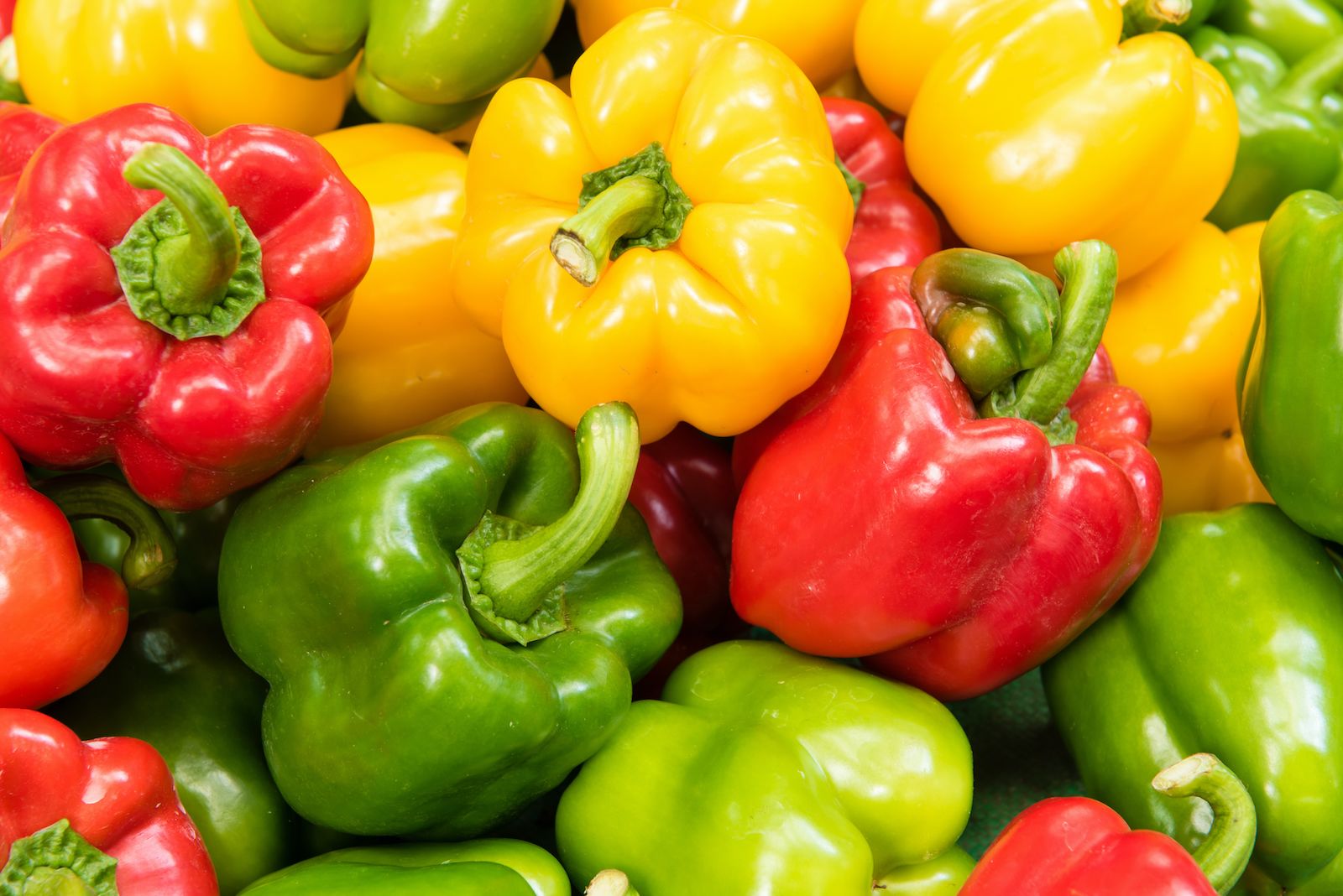
Welcome to the last edition of Foodwise for 2022!
The festive season is upon us and arguably the busiest time of year for the food industry.
We must remember to keep food safety front of mind going into a wet and humid summer because as the temperature rises, so does the risk of foodborne illness.
By following a few common sense food safety rules such as always observing good hygiene and remembering to keep it hot, keep it cold, keep it clean and always check the labels, you can ensure your festive season stays festive and your loved ones stay happy and healthy.
Since 2004, the Food Authority has worked closely with industry and our partners to identify food safety risks and actively reduce them, and with your support, we will continue to do so in 2023.
Our Helpline will open on all NSW business days from 8.30am to 5.30pm.
Email food.contact@dpi.nsw.gov.au or call 1300 552 406. Don’t forget to search our website too.
Thank you once again for your readership in 2022 and we wish you a happy and safe festive season.
NSW Strategy to guide food safety and emergency biosecurity responses
The NSW Government has released a new eight-year strategy to enhance food safety and biosecurity responses in NSW and to help protect our primary industries.
NSW DPI Biosecurity and Food Safety manages risks associated with interactions between people, plants, animals, the food we eat, and our environment. Building on these interdependencies, the NSW Biosecurity and Food Safety Strategy 2022-2030 draws on the concept of ‘One Health’ to deliver optimal biosecurity and food safety outcomes, and contribute to economic, social, and environmental prosperity – NSW is leading the way with this approach.
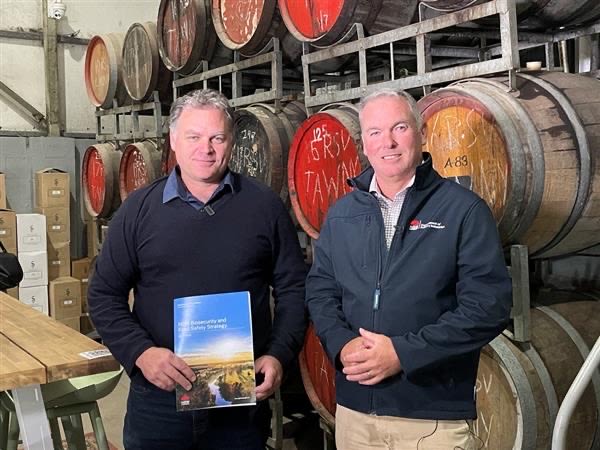
(L-R) John Tracey, Deputy Director General Biosecurity & Food Safety and Scott Hansen, Director General - NSW Department of Primary Industries
(L-R) John Tracey, Deputy Director General Biosecurity & Food Safety and Scott Hansen, Director General - NSW Department of Primary Industries
The rising complexity of Australia’s biosecurity and food safety environment is driving the need for new and innovative approaches to managing the challenges now and into the future. To this end, the NSW Biosecurity and Food Safety Strategy 2022-2030:
- sets a clear vision for biosecurity and food safety in NSW
- maps strategic objectives for Government, industry, and the community, and
- marks key activities to guide prioritisation, decision-making and actions at the state level.
Strong and effective biosecurity and food safety is essential to the continued wellbeing of people in NSW, the prosperity of our economy and communities, productivity and profitability of primary and food industries, the safety and sustainability of our food systems, and the health of our ecosystems.
Biosecurity and food safety is a shared responsibility - industry, research, government partners, and the community working together to ensure four strategic objectives are met:
- Prepare and prevent - adopt innovative solutions to effectively manage future and emerging threats through improved prediction, early detection and better understanding of risk pathways.
- Timely and risk proportionate responses - make informed and risk-based decisions to proportionately respond to biosecurity and food safety threats.
- Rapid and efficient containment - minimise the adverse impacts of biosecurity and food safety threats on economy, environment, and community, while also maximising product integrity and market access opportunities.
- Partnerships to minimise impacts - engage stakeholders and share responsibility to minimise the impact of biosecurity and food safety threats, including exotic and endemic pests, diseases and weeds, and foodborne illness.
By taking actions to build our capability and capacity, share responsibility, and invest in tools and technology we will continue to deliver strong biosecurity and food safety outcomes.
Read the NSW Biosecurity and Food Safety Strategy 2022-2030
Read the media release from the Minister for Agriculture and Western Sydney NSW, the Hon. Dugald Saunders.
Foodservice Australia 2022
The Foodservice Australia tradeshow was finally able to return to the Sydney International Convention Centre in October, after a four year break due to COVID restrictions.
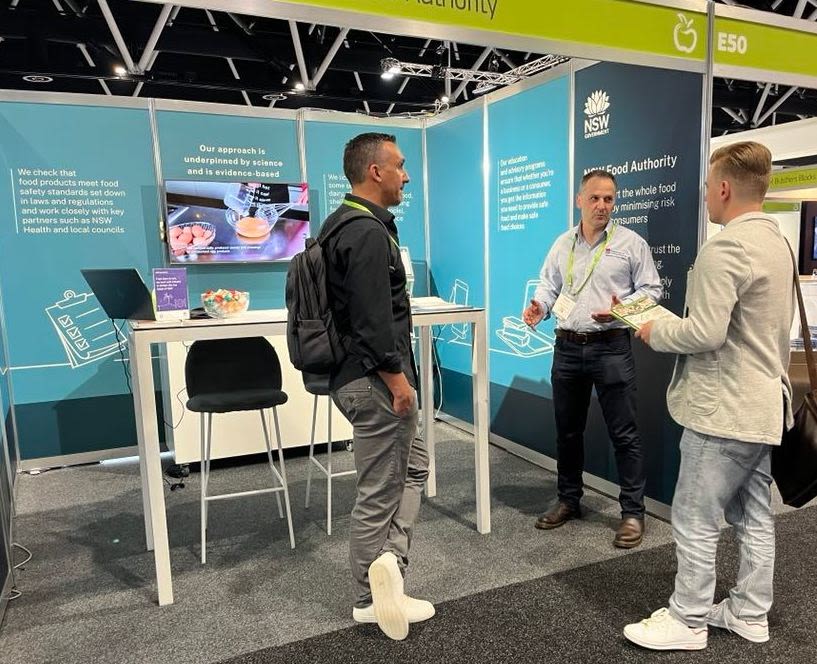
NSW Food Authority exhibit, Food Service Australia 2022
NSW Food Authority exhibit, Food Service Australia 2022
The only tradeshow focused on the foodservice industry, Foodservice Australia saw almost 400 exhibitors showcasing the latest food, drink and equipment from around Australia and the world, and saw around 8,000 visitors walk through the door over the three days it ran.
As the regulator and source of truth for food safety in NSW, the NSW Food Authority was on hand to answer questions from attendees from across all areas of food safety, including manufacturers, producers, registered training organisations, suppliers and retail food service businesses.
The Food Authority values the strong collaborative relationships we have with our partners across the food chain and are proud of how we work together to minimise risk for both businesses and consumers to ensure that food is safe, from paddock to plate.
Foodservice Australia 2023 will be held in Melbourne from 30 April – 2 May 2023.

NSW DPI adopts CSIRO’s food safety fungal folio
NSW Food Authority has worked with NSW Department of Primary Industries (DPI) and CSIRO to replicate a priceless collection of fungi which is now held at the Orange Agricultural Insititute to support research and management of food safety issues.
CSIRO’s unique collection of fungal cultures will be accessible for researchers in the scientific community and food industry, including the NSW Food Authority.
NSW DPI Plant Pathology and Mycology Herbarium curator, Jordan Bailey, said the fungal culture collection of Australia’s national science agency, CSIRO, has played an important role in Australian food industry research since its establishment by Dr John Pitt in 1970.
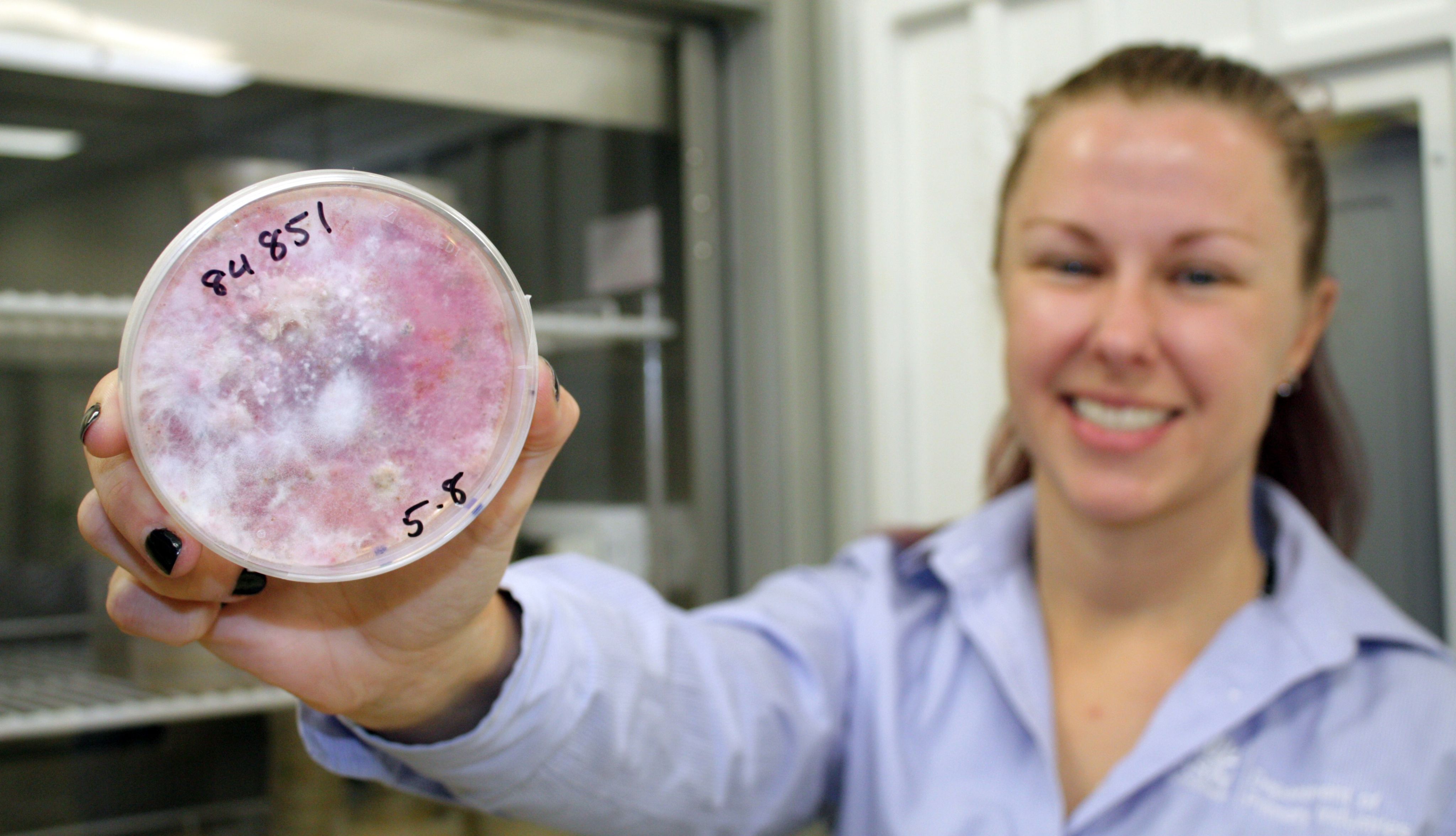
NSW DPI Plant Pathology and Mycology Herbarium curator, Dr Jordan Bailey, holding Fusarium fungus, which can grow on and contaminate stored food, especially grains
NSW DPI Plant Pathology and Mycology Herbarium curator, Dr Jordan Bailey, holding Fusarium fungus, which can grow on and contaminate stored food, especially grains
“The original Melbourne-based CSIRO collection contains fungal strains dating back more than 100 years and we are lucky to have a copy of this resource,” Dr Bailey said.
“The fungal collection contains living specimens unlike many scientific collections, which are dead and preserved - dinosaur skeletons, pinned insects and taxidermy animals.
“Fungal cultures are unique as they can be placed in stasis and remain dormant in long-term storage, where they are freeze-dried and vacuum sealed in glass ampoules.
“We can revive them as needed, sometimes decades later, to extend research studies which examine how these fungi live and cause diseases, or to sequence their genomes.”
CSIRO scientist Dr Nai Tran-Dinh, who worked on the collection with the late Dr Pitt and Dr Hocking, said it was one of the most extraordinary collections of its type in the world.
“The collection has more than 900 species from 114 countries, including 400 type cultures, the original strain on which the description of a species is based, some of which were isolated more than 100 years ago,” Dr Tran-Dinh said.
“With more than 5500 isolates in the culture collection, it has expanded over its lifetime to include all types of food spoilage fungi and those from industrial and medical sources.
“The collection is an important reference source for strains of species which cause post-harvest diseases and food spoilage and those used in food production, such as Penicillium roqueforti for making blue cheese.”
From the early 1960s, Dr Pitt who helped ensure the collection was duplicated in collaboration with NSW DPI, researched food spoilage and mycotoxigenic fungi.
He extensively investigated xerophilic fungi and now NSW DPI has the world’s best collection of these fungi, which can grow in conditions of low water availability and spoil dried or partly dried foods, animal foods and many other substrates, including textiles, leather goods, books and paintings, photographic slides and microscope lenses.
Food Ministers’ Meeting – Outcomes
The Food Ministers’ Meeting (FMM), chaired by the Hon Ged Kearney MP, met in Melbourne on 25 November 2022. The FMM comprises all Australia and New Zealand Ministers responsible for food.
Key outcomes from the meeting included discussions on:
- Modernisation of the System
- Food Standards Australia New Zealand Act 1991 Review
- Menu Labelling
- Regulatory settings for food produced by cell culture or precision fermentation
For more detailed information about these outcomes, see here.
Ministers with responsibility for food will meet again in the first half of 2023.
Visit the Food Regulation website for further information on food regulation activities.
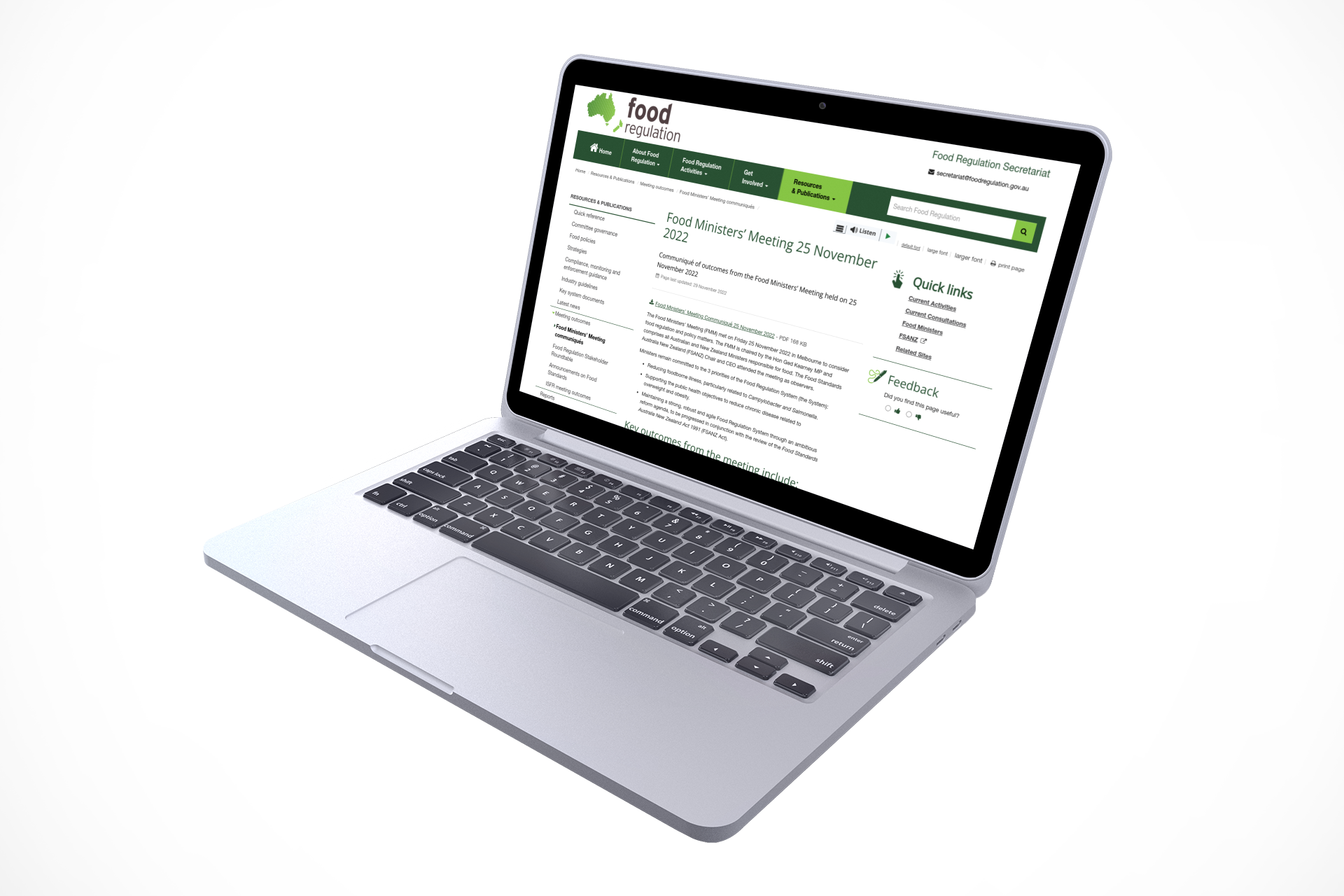
Visit the Food Regulation website for further information on food regulation activities.
Visit the Food Regulation website for further information on food regulation activities.
RETAIL
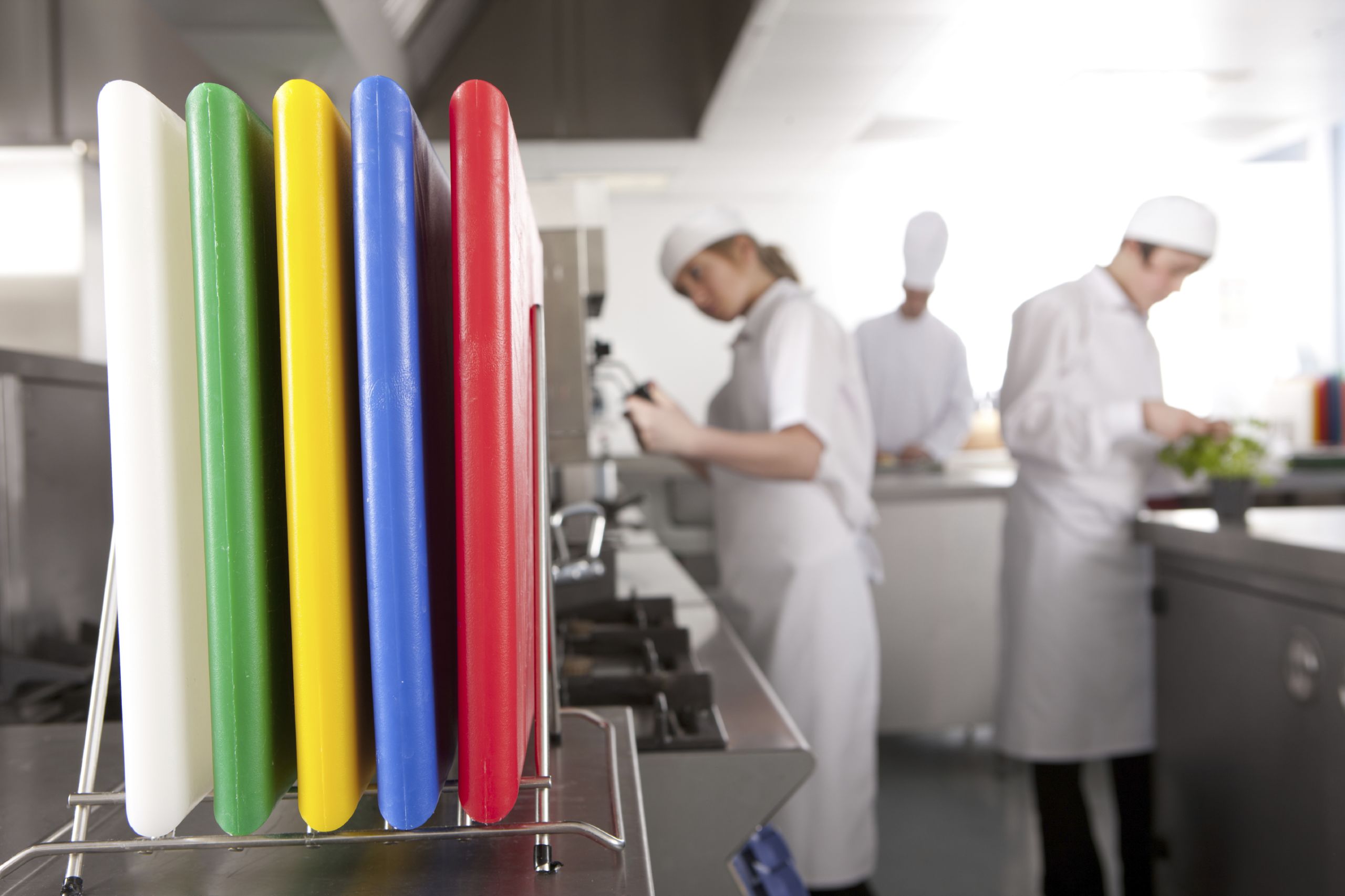
Food Safety Management Tools
On 8 December 2022, Food Safety Standard 3.2.2A (Food Safety Management Tools) was gazetted with a 12-month period for implementation.
Introduction to Standard 3.2.2.A
Standard 3.2.2A is a new food safety standard for food service, caterers and related retail businesses, becoming enforceable in December 2023.
It contains requirements for three food safety management tools:
- Food Safety Supervisor,
- food handler training, and
- substantiation of critical food safety controls (evidence that specific food handling activities are being adequately managed).
Businesses will need to implement either two or all three of these tools depending on their food handling activities.
Guidance on the new Standard has been included in the updated Safe Food Australia – A guide to the Food Safety Standards.
During the next 12 months, the NSW Food Authority will continue to work with local councils through the Food Regulation Partnership to develop new resources for enforcement agencies and food businesses to ensure successful transition to the new Standard being in force in December 2023.
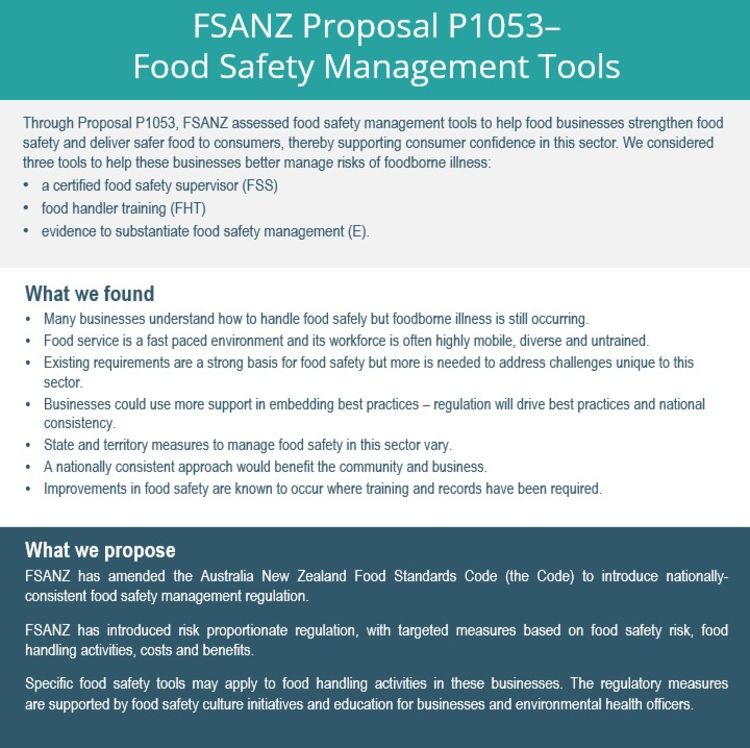
Proposal P1053 – Food Safety Management tools
Proposal P1053 – Food Safety Management tools
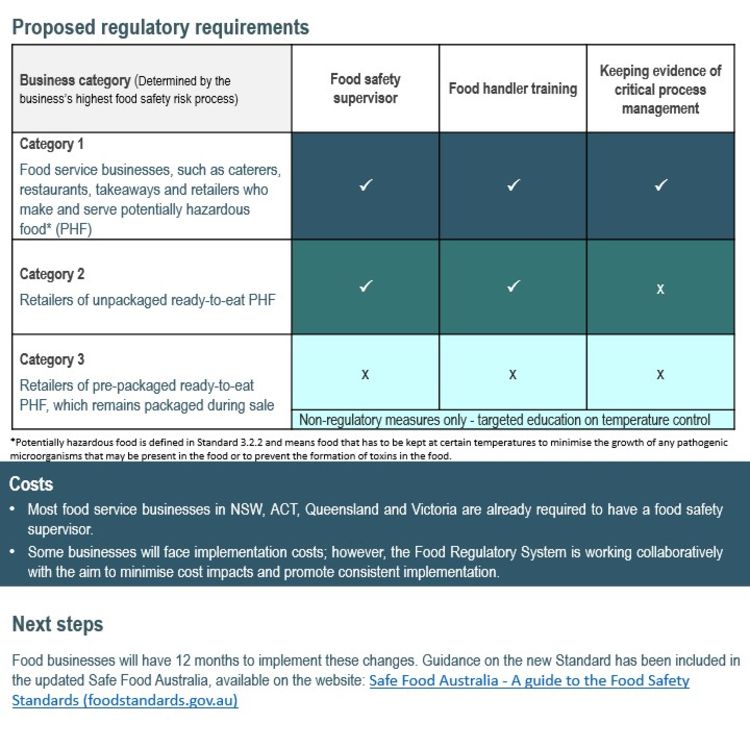
Proposal P1053 – Food Safety Management tools
Proposal P1053 – Food Safety Management tools
Food Safety Roadshow
Through the Food Regulation Partnership, the NSW Food Authority works with local councils to deliver food safety information to local retail food businesses.
A Food Safety Roadshow, comprising of three food retail information sessions (RIS), kicked off in Argenton, Lake Macquarie on Tuesday, 18 October 2022, which was well-supported with attendance from local food businesses and several Environmental Health Officers (EHOs) representing neighbouring local councils.
Lake Macquarie City Council delivered an engaging presentation on their Council’s commonly received food safety related complaints, results of the 2021-22 Handwashing Blitz, cleaning and sanitising, Food Safety Supervisors and what their EHOs look for when inspecting a retail food business.
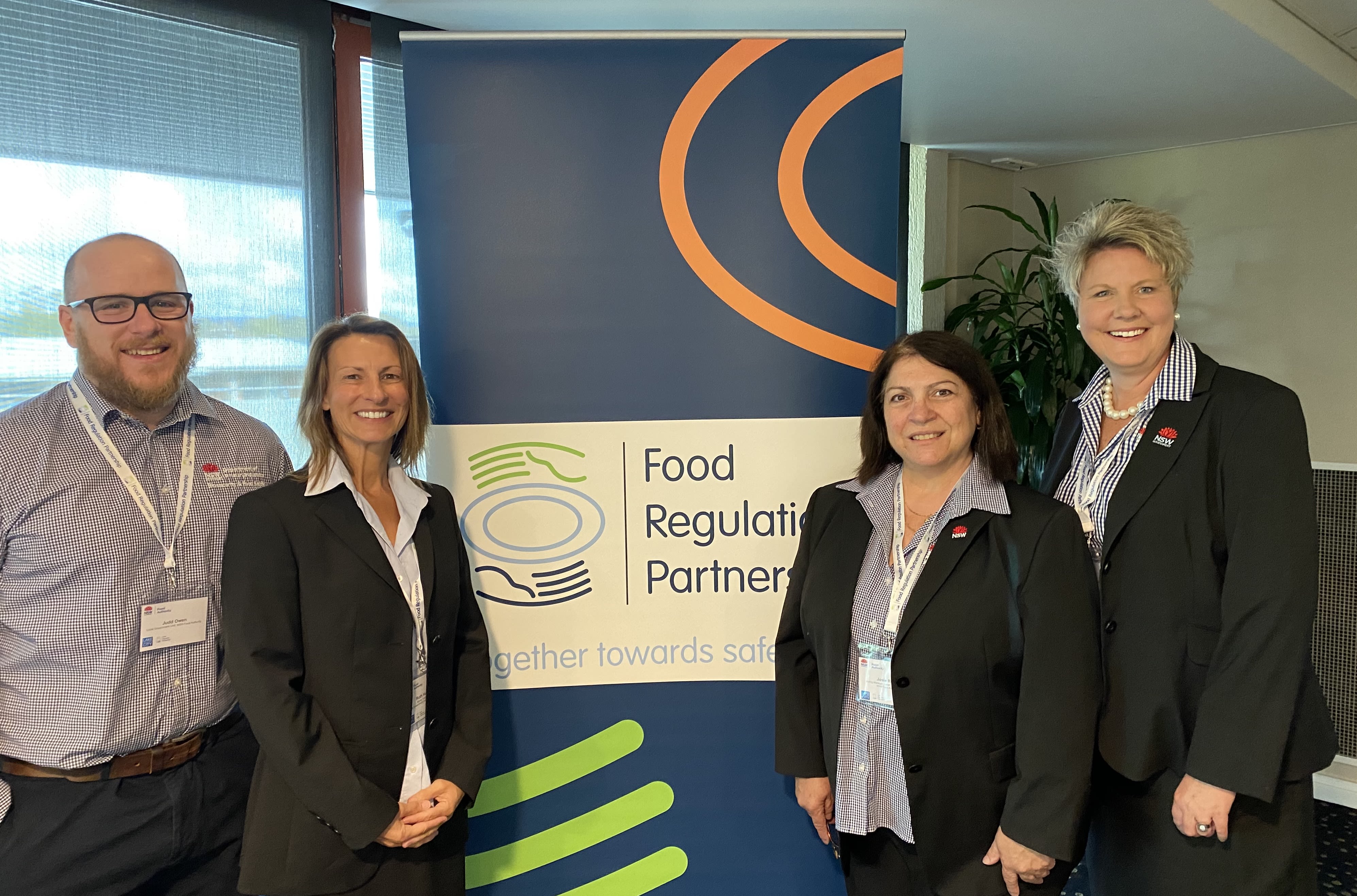
Judd Owen, Ruth Houston, Josie Rizzo, Katherine Gash from the NSW Food Authority at the Lake Macquarie RIS.
Judd Owen, Ruth Houston, Josie Rizzo, Katherine Gash from the NSW Food Authority at the Lake Macquarie RIS.
The second RIS was hosted the next day by Cessnock City Council, where attendees were provided with presentations detailing the importance of ensuring pest management plans were in place, and that effective cleaning and sanitising practices were being practiced in their retail food business.
The final RIS was hosted by Port Stephens Council on Thursday, 20 October where EHOs from Port Stephens Council presented on cleaning and sanitising, and handwashing facilities.
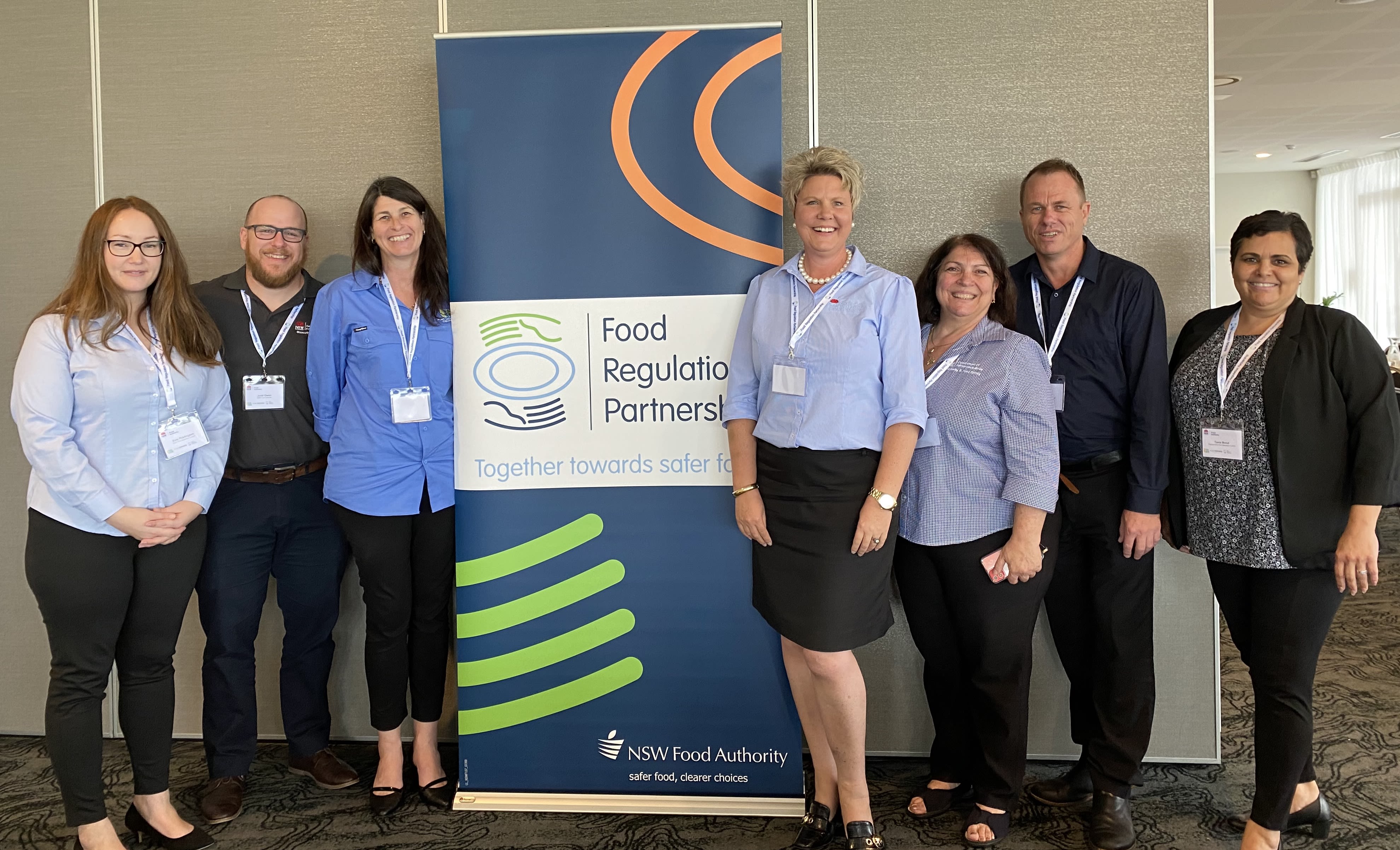
The team from Port Stephens Council and the Local Government Unit.
The team from Port Stephens Council and the Local Government Unit.
Additionally, across all RIS's, attendees learned about the Food Regulation Partnership, food legislation, pest control, causes of foodborne illness and received a hands-on demonstration on cleaning, sanitising and handwashing from Food Authority staff.
The Food Authority usually holds three sessions a year to bring together local food businesses, council EHOs and representatives from the Food Authority to learn how to create and maintain a culture of food safety within the retail food sector.
An expression of interest has been circulated to all NSW local Councils to put forward their nomination to co-host a RIS in June and October 2023. These events will be determined early in 2023 and the location will be advised then.

SAVE THE DATE: Food Retail Information Session in Tweed Heads
The next Food Retail Information Session will be held on Thursday 16 February 2023 in Tweed Heads NSW in conjunction with Tweed Shire Council.

Single use plastics ban
From 1 November 2022, the supply of single-use plastic cutlery, stirrers, straws*, plates and bowls were banned in NSW.
The use of lightweight single-use plastic bags (bags with handles that are 35 microns thick or less at any part of the bag and are partly or fully plastic) were banned in NSW from 1 June 2022.
The supply of expanded polystyrene (EPS) food service items (including EPS clamshells, cups, plates and bowls) is included in the ban.
The NSW Environment Protection Authority (EPA) is the regulator and will monitor and enforce the bans.
For more information visit Plastics ban NSW
* Single-use plastic straws may be provided from behind the counter to people with a disability or medical needs by businesses that serve food or drinks.
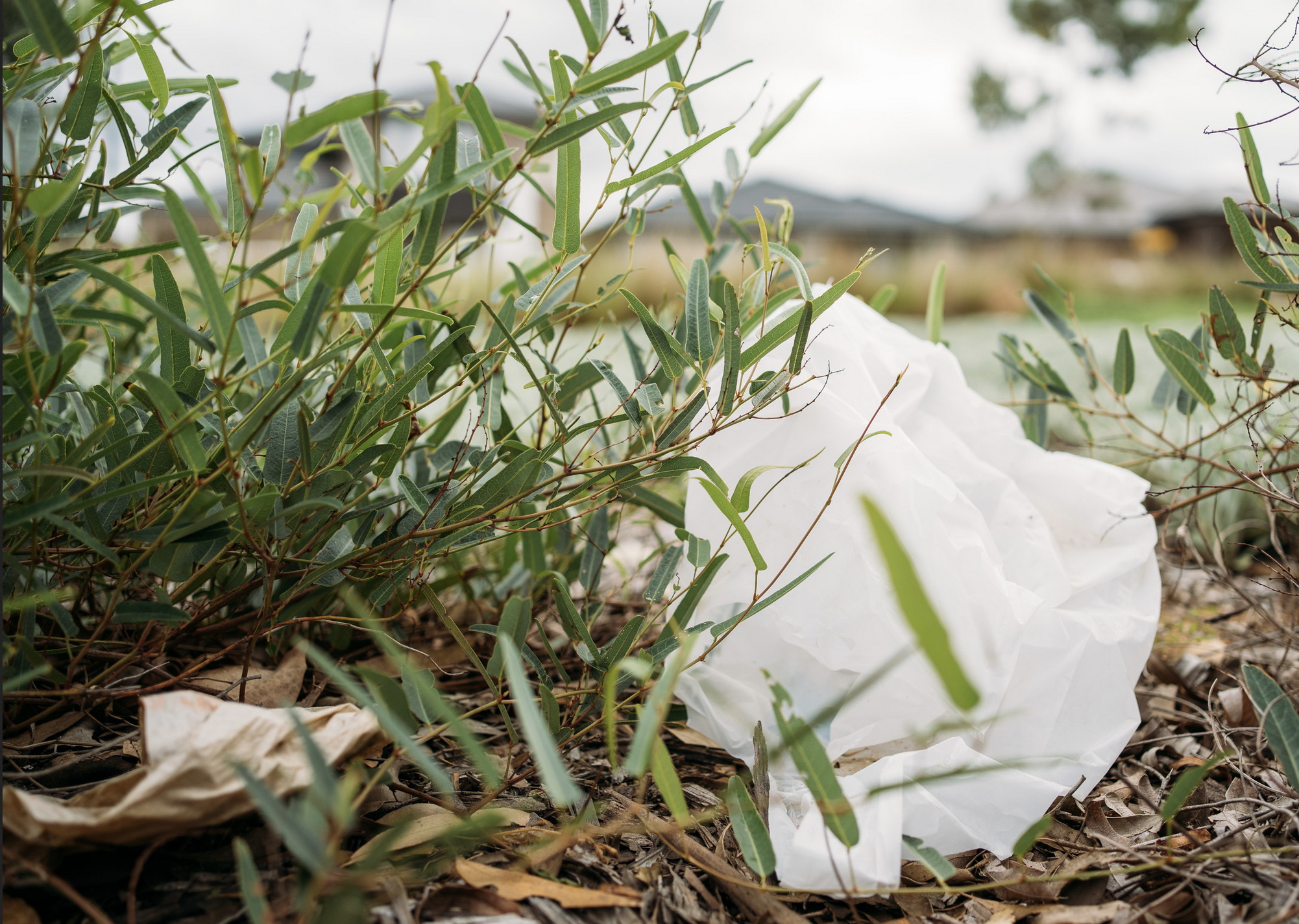
MEAT
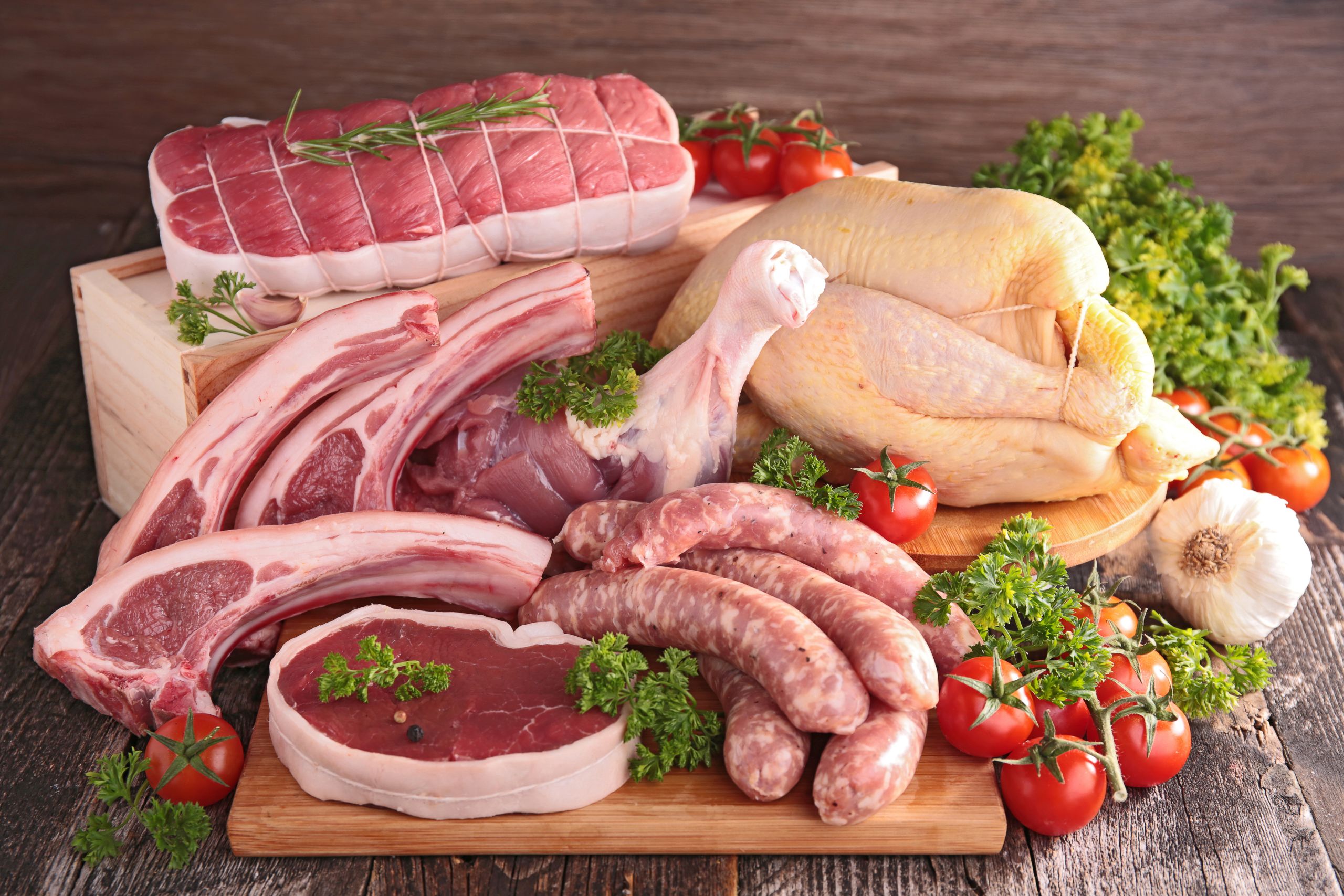
Inspections and audits
From July 2022 to September 2022, the Food Authority conducted 310 inspections and 206 audits of licensed meat businesses. This industry sector has recorded a compliance rate of 96%.
The main audit items attracting Corrective Action Requests (CAR’s) during the period were for process control (failure to complete monitoring records or to identify cross contamination risks), food safety program issues, and analytical testing (high level of preservative use in processed meats).
The table below shows comparable data for compliance and audit activity in the meat sector between the same reporting periods in 2021 and 2022.
| Reporting period | July – Sep 2021 | July – Sep 2022 |
|---|---|---|
| Total audits | 216 | 206 |
| Total inspections | 283 | 310 |
| Compliance rate | 97% | 96% |
Japanese encephalitis: first detection for the 2022-2023 season
Livestock owners are urged to watch for signs of Japanese encephalitis (JE) in their animals, with NSW DPI recently confirming the first detection for the 2022-2023 season in stillborn piglets in the Murray Local Land Services region. This region has been heavily flood impacted during winter and was part of the outbreak earlier this year.
Clinical signs of infection in livestock include a high temperature, jaundice, lethargy, anorexia and neurological signs including incoordination and impaired vision.
JE virus is a mosquito-borne viral disease, which is maintained in nature by transmission cycles involving Culex sp. mosquitoes and certain species of wild and domestic birds. Pigs are a known amplifying host of the JE virus.
While JE does not present a food safety risk and all Australian-grown pork remains safe to eat, the virus can cause reproductive failure in pigs, including stillbirths, abortion and mummified piglets. Boars may be infertile (temporarily or permanently). Piglets up to 6-months of age may show nervous signs.
Horses may become infected, but they do not spread the virus to other animals or people. They are a dead-end host. Most infected horses do not develop clinical signs. Those that do, show neurological signs that range from mild to severe and may be fatal.
Due to the clinical similarity to Hendra virus infection, a sporadic but serious zoonotic disease, it is important all appropriate precautions are taken when assessing, sampling, and treating affected horses.
All owners or managers of susceptible animals, whether for production or companionship, have a responsibility, a biosecurity duty, to manage the risk of JE introduction and spread on their property. This can be done by developing and actioning a mosquito management plan, based on environmental and operational factors to control mosquitoes and manage the risk of JE for pig, horse and public health management.
Currently, there is no effective treatment for JE in animals in Australia. The best way to protect your pigs, horses and your local community is by developing and implementing an integrated mosquito management plan that targets all stages of the mosquito life cycle to break the breeding cycle, this involves a combination of:
- Environmental management to manage breeding and resting sites
- Larvicide applied to wrigglers and eggs in standing water
- Adulticide applied to mosquito habitat harbouring adults
- Ongoing monitoring and surveillance
- Record keeping
Find out more at NSW Department of Primary Industries Japanese encephalitis webpage – available at Japanese encephalitis (nsw.gov.au)
JE is a notifiable disease in NSW. If you suspect JE in your animals contact the Emergency Animal Disease Watch Hotline on 1800 675 888 (24-hours a day) or your local district veterinarian on 1300 295 299.
Additional Information regarding JE and animals
- Farm Biosecurity webpage: Controlling mosquito around piggeries – available at Controlling mosquitoes around piggeries - Farm Biosecurity
JE Guide: Integrated mosquito management principles for piggeries (V2)
JE Factsheet: Controlling mosquitoes around piggeries (V2)
Farm mosquito management planning template and guide
- Farm Biosecurity webpage: Mosquito management for horses – available at Mosquito Management for Horses - Farm Biosecurity
- NSW Health webpage: Mosquito-borne disease surveillance – available at Mosquito-borne disease surveillance - Mosquito borne diseases (nsw.gov.au)
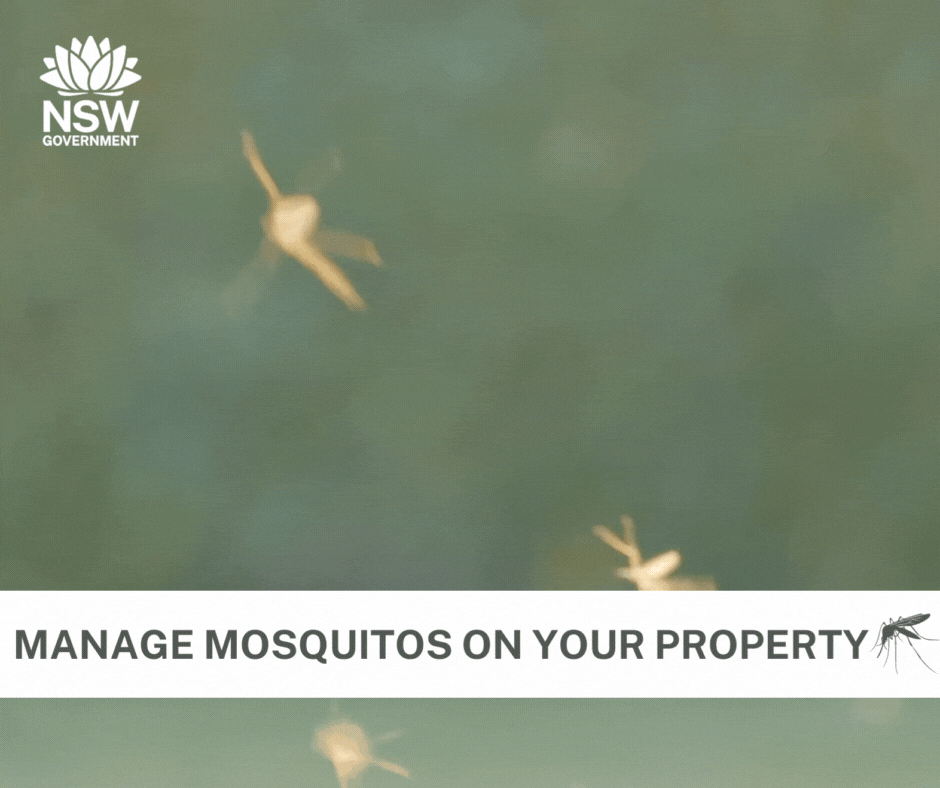
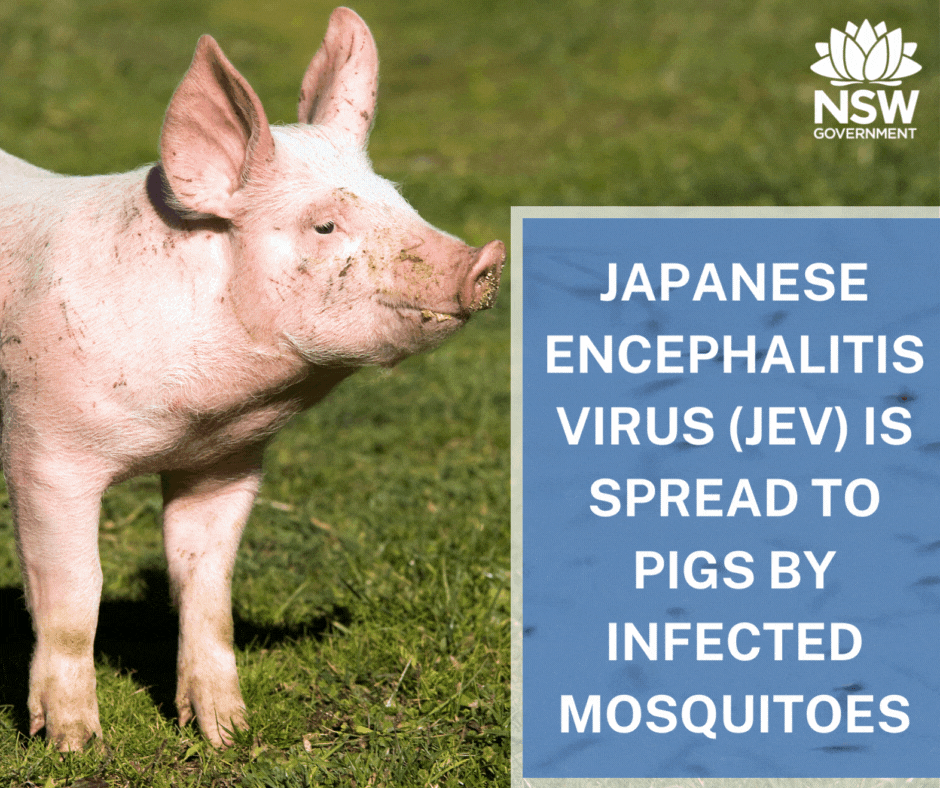
National planning and environment guidelines for Australia’s chicken meat industry
Agrifutures has published the national guidelines to support the ongoing economic growth of the industry. The guidelines cover a range of helpful topics from farm production practices and environmental management recommendations to application planning and preparation, as well as innovative power, water, location and infrastructure designs and plans.
Click here for more information.
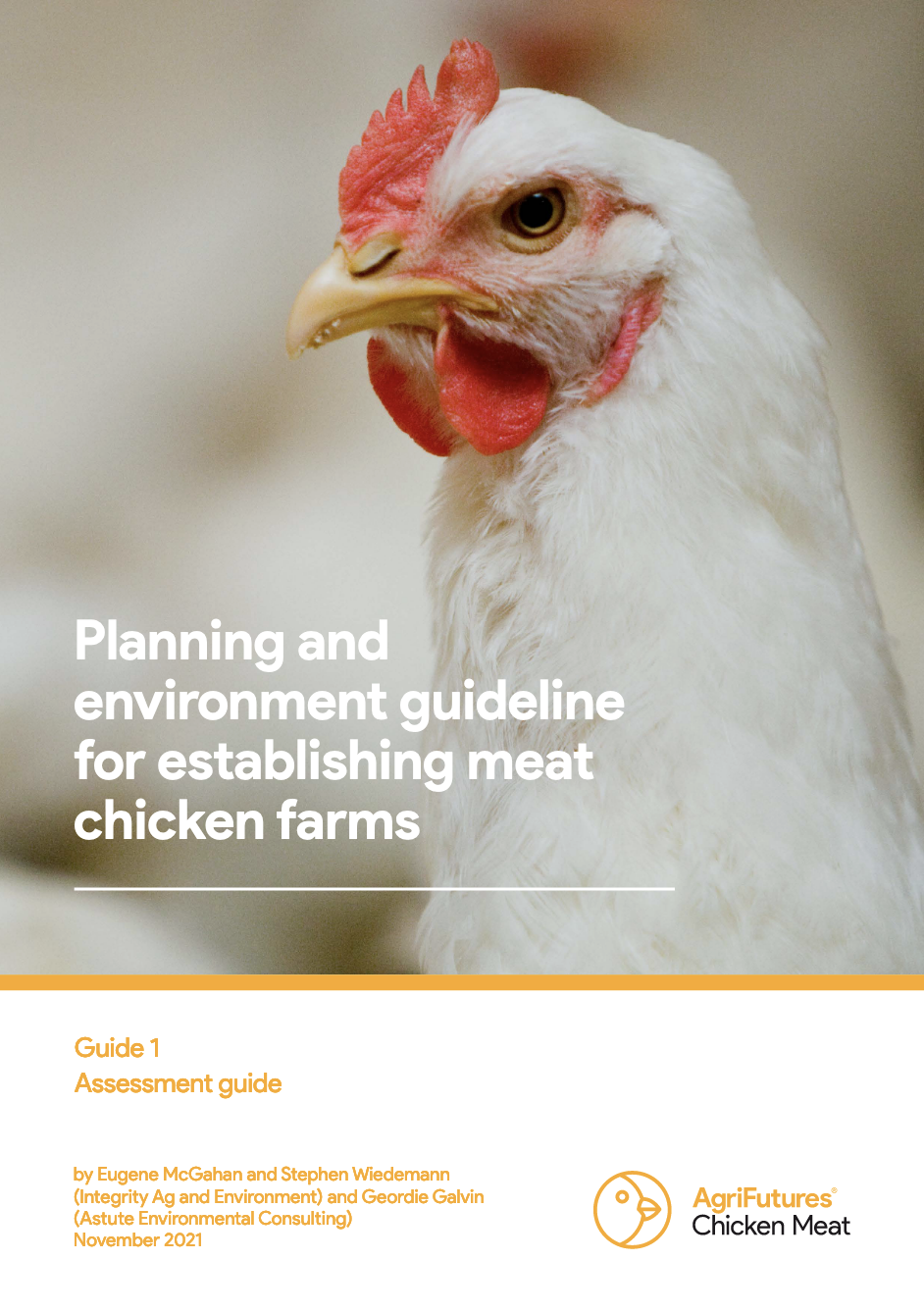
National planning and environment guidelines for Australia’s chicken meat industry.
National planning and environment guidelines for Australia’s chicken meat industry.
Namoi Regional Job Precinct
The Namoi Regional Job Precinct will focus on improvements in planning to support the sustainable growth of intensive agriculture and livestock production in the Namoi Region.
The project aims to identify locations that may support industry growth while maintaining the region’s amenity.
The project will also identify land use planning barriers restricting the growth of intensive livestock enterprises in the region with an aim to find a balance between stakeholders and growing communities a priority.
For more information click here or email: regionaljobprecincts@regional.nsw.gov.au
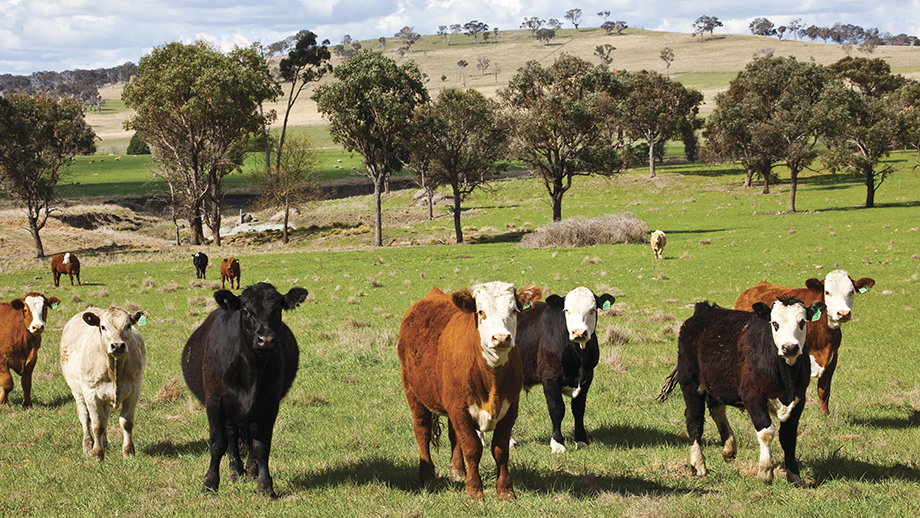
Chicken Meat Materiality Assessment
Agrifutures has recently released its Materiality assessment of the Australian chicken meat industry. The materiality assessment aimed to show which topics (issues, risks and opportunities) are of greatest importance to the industry and its stakeholders, and to inform sustainability efforts across the industry.
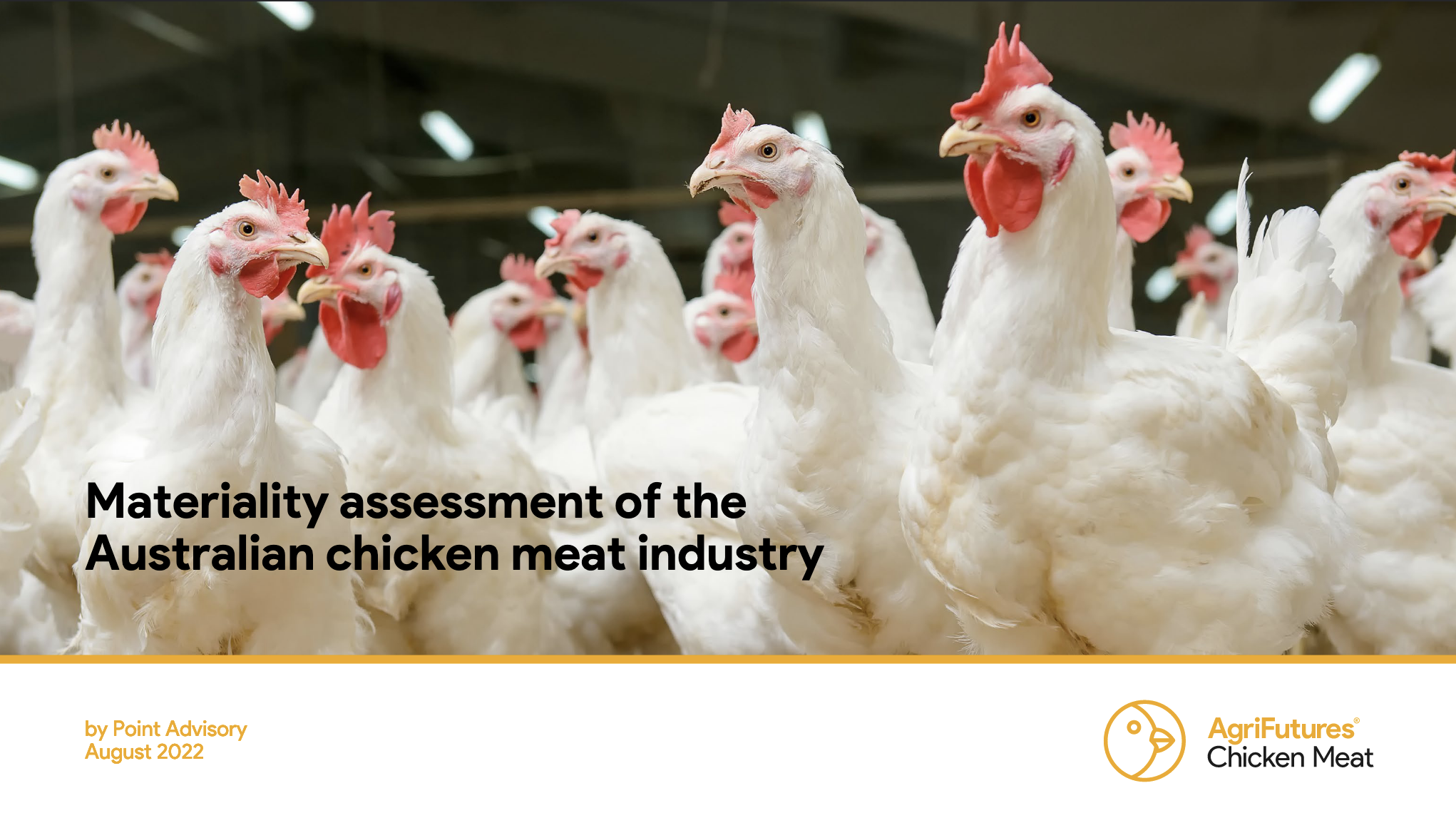
SEAFOOD
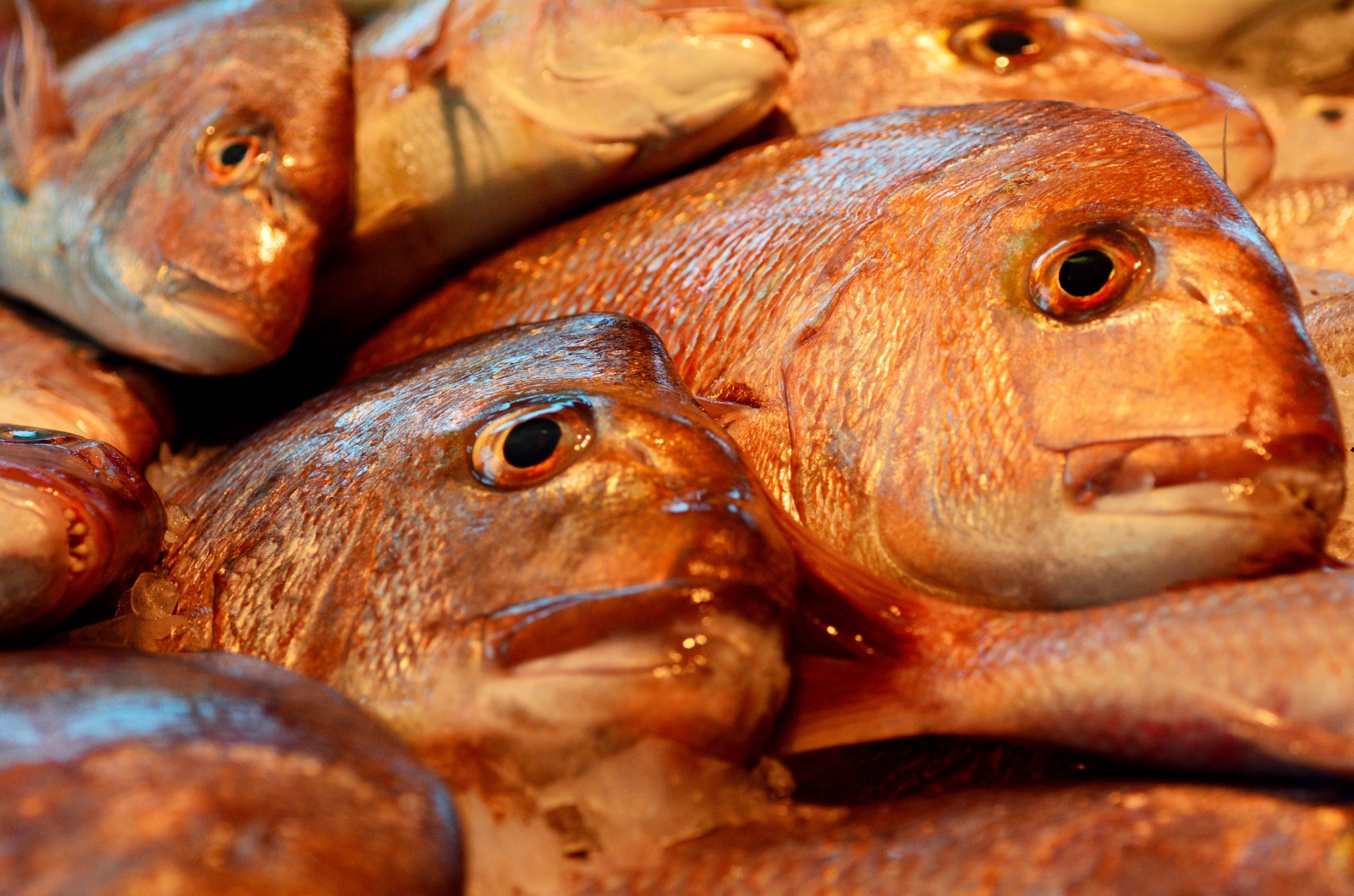
Inspections and audits
From July 2022 to September 2022, the Food Authority conducted 69 inspections and 26 audits of licensed seafood businesses. This industry sector has recorded a compliance rate of 97%.
The Food Authority has moved to a risk based, outcome focused operational model, and consistent with the priority classification scheme for a seafood business (currently P2), audit frequency will remain at a 2-year cycle. Complaints, inspections, and investigations relating to seafood businesses will continue to be managed on an as needs basis.
The table below shows yearly comparable data for compliance and audit activity in the seafood sector between the same reporting periods in 2021 and 2022.
| Reporting period | July – Sept 2021 | July – Sept 2022 |
|---|---|---|
| Total audits | 10 | 26 |
| Total inspections | 81 | 69 |
| Compliance rate | 100% | 97% |
NSW Seafood Industry Forum
The last NSW Seafood Industry Forum was held on 27 September 2022.
Issues considered by the Forum via video conference during the meeting included updates on:
- NSW seafood industry compliance activities
- White spot disease
- Biosecurity update
A full summary of meeting outcomes is available here.
More information about the NSW Seafood Industry Forum, including its purpose, functions, and membership can be found on the NSW Food Authority website here.
The next meeting of the NSW Seafood Industry Forum is to be informed.
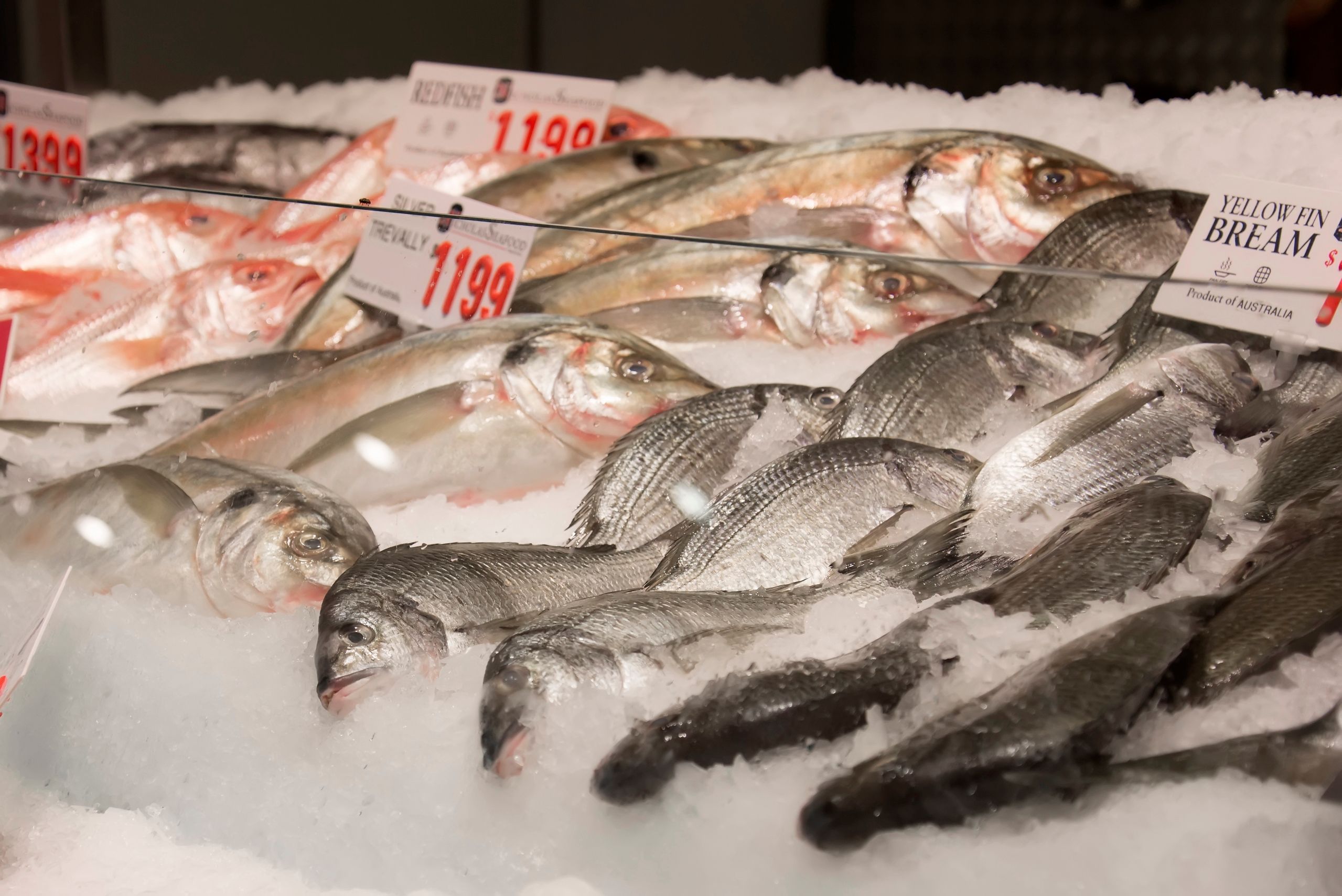
NSW Shellfish Committee
The last NSW Shellfish Committee meeting was held on 9 November 2022.
Issues considered by the committee during the meeting included updates on:
- Use of floating markers to designate oyster lease boundaries
- Use of stickers as an alternative to aluminium lease signs
- Permission of use of Crown Land bases
- Shell re-use and waste levy exemption for Port Stephens farmers
A full summary of meeting outcomes is available here.
More information about the NSW Shellfish Committee, including its purpose, functions, and membership can be found on the NSW Food Authority website here.
The next meeting of the NSW Shellfish Committee will be held on 22 February 2023.
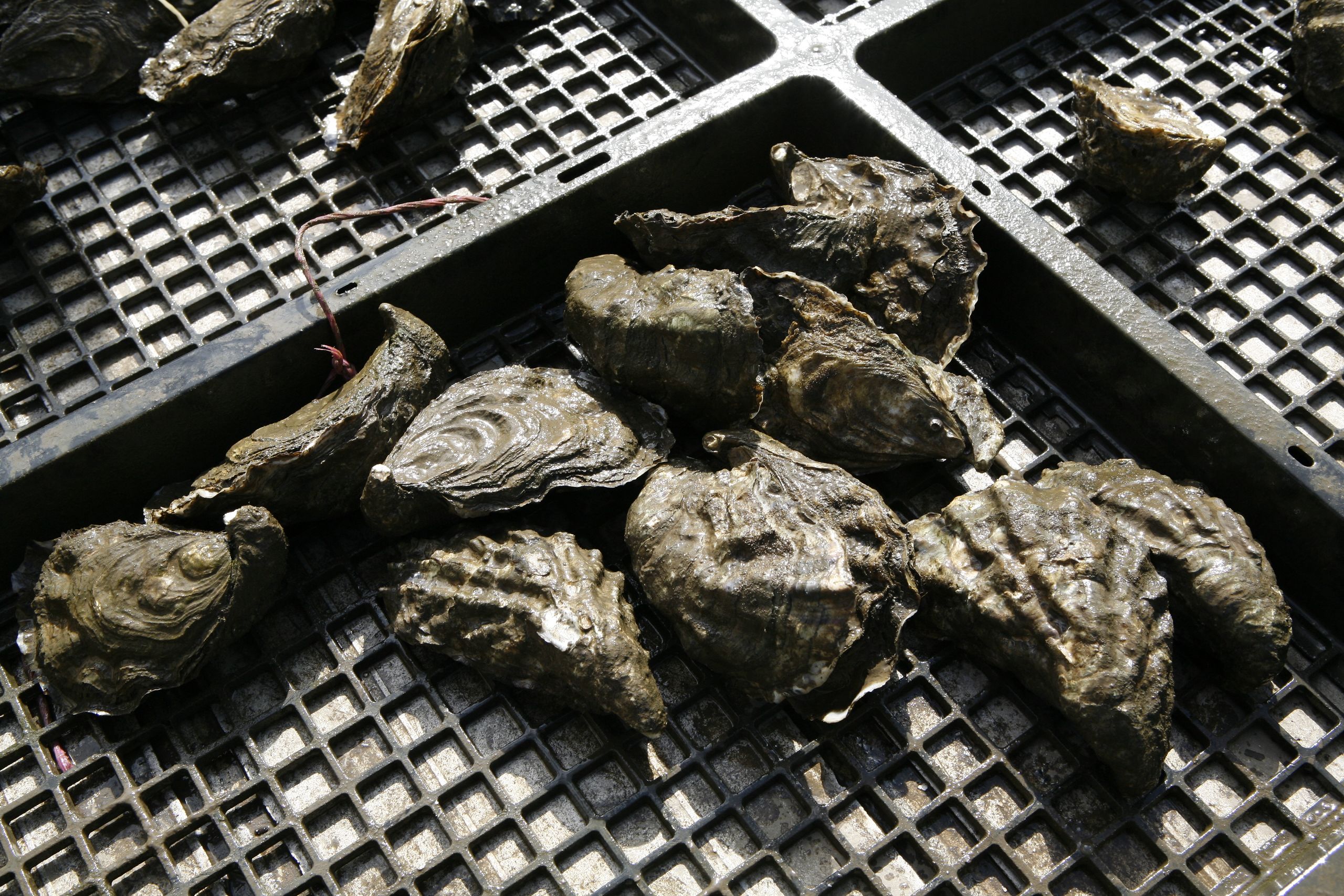
Transforming Australian Shellfish Production – Project Update
The Transforming Australian Shellfish Production project uses data from real time sensors, biological samples and molecular genetic methods to support harvest area operations in shellfish growing areas. The project is a collaboration between the Food Agility CRC, UTS, NSW DPI, NSW Farmers Association and the Western Australia Agriculture Authority, along with NSW and WA oyster farmers.
The project findings to date have shown how the use of real time sensor data coupled with molecular methods can have multiple benefits for shellfish production. Modelling of the sensor data and environmental DNA demonstrated that sensor salinity was generally a more reliable predictor of faecal bacteria in the harvest area than rainfall.
A main aim of the project has been to investigate if additional harvest days can be achieved using real time salinity sensor data for harvest area management plans.
The project reports for Shoalhaven and Crookhaven Rivers and Pambula River have recently been finalised. In the Shoalhaven and Crookhaven Rivers, data showed that real time salinity sensor data for harvest area management could result in fewer harvest closures or downgrades in Goodnight Island harvest area, but data were less clear during wetter conditions.
A salinity based harvest area management plan has been in operation in Pambula Lake harvest area since September 2019, and the report shows that using real time salinity sensor data for harvest area management instead of a rainfall based plan resulted in fewer harvest area closures.

Paralytic Shellfish Toxins – Bloom Update
Microscopic algae (phytoplankton) are an important food source for marine life. Bloom of algae in our oceans and estuaries can be more frequent during the warmer months of spring and summer. Some species of algae can produce toxins. These toxins can accumulate in seafood and cause illness in humans.
One particular type of phytoplankton is the dinoflagellate species Alexandrium pacificum. This species is currently blooming in NSW. Certain species of Alexandrium are commonly monitored as part of food safety programs for commercial shellfish in Australia and around the world, as they can produce paralytic shellfish toxins.
NSW DPI issued advice during October and November 2022 of the risk of paralytic shellfish toxins from the Alexandrium pacificum bloom that was reported in various locations from the Hunter area (Newcastle) extending to Twofold Bay (Eden) on the south coast of NSW. The advice targeted recreational fishers to not consume shellfish (including mussels, oysters, lobsters and gastropods). While paralytic shellfish poisoning is rare, it is important that the advice is followed to avoid getting sick.
Symptoms of paralytic shellfish poisoning may include numbness and a tingling (prickly feeling) around the mouth, face, and extremities (hands and feet), difficulty swallowing or breathing, dizziness and headache, nausea and vomiting, diarrhoea, paralysis and respiratory failure and in severe cases, death. Anyone experiencing these symptoms after eating seafood from or near the affected area should seek immediate medical attention.
Monitoring of the current Alexandrium pacificum bloom is ongoing and further updates will be provided by NSW DPI as new data becomes available. Seafood in shops and restaurants is safe to eat, because the NSW Food Authority monitors commercially harvest shellfish.
The NSW Food Authority recommends eating shellfish harvested only under a recognised commercial program. The status of commercial shellfish harvest aquaculture areas in NSW is available online.
Visit the NSW Food Authority’s website for more information on recreational harvesting of seafood.
For further details for algal blooms in a specific region in NSW, please contact the appropriate Regional Algal Coordinating Committee.
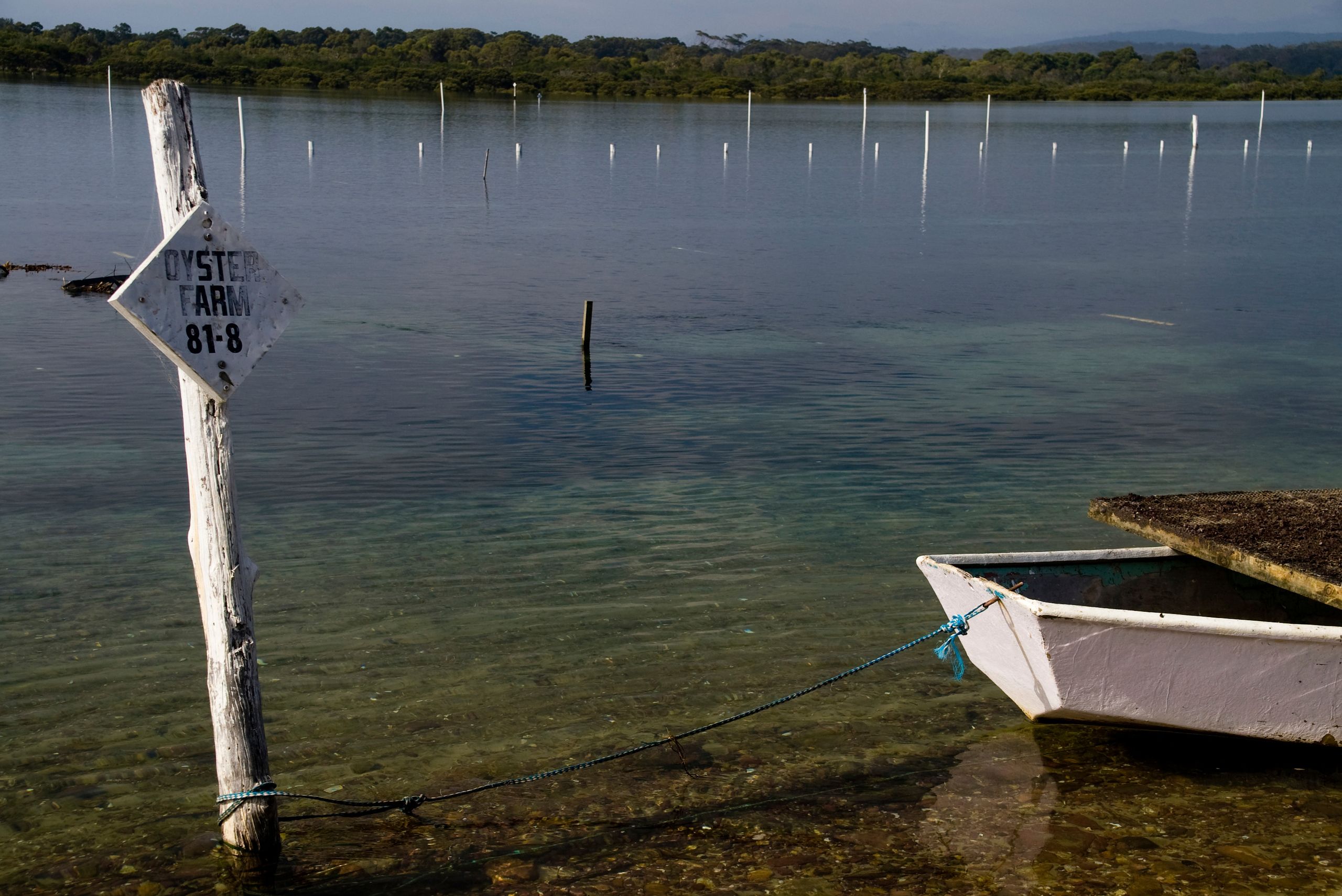
Vibrio Risk Management in Seafood
What is Vibrio?
Vibrio are naturally occurring bacteria that are found in marine environments. Vibrio occur in most aquatic environments but levels tend to be higher in waters where the temperature is above 15°C. When people are infected by Vibrio bacteria they develop Vibriosis, this condition causes watery diarrhea and often abdominal cramps, nausea, vomiting, fever and chills. While most people recover in a few days, severe illness can develop in susceptible individuals.
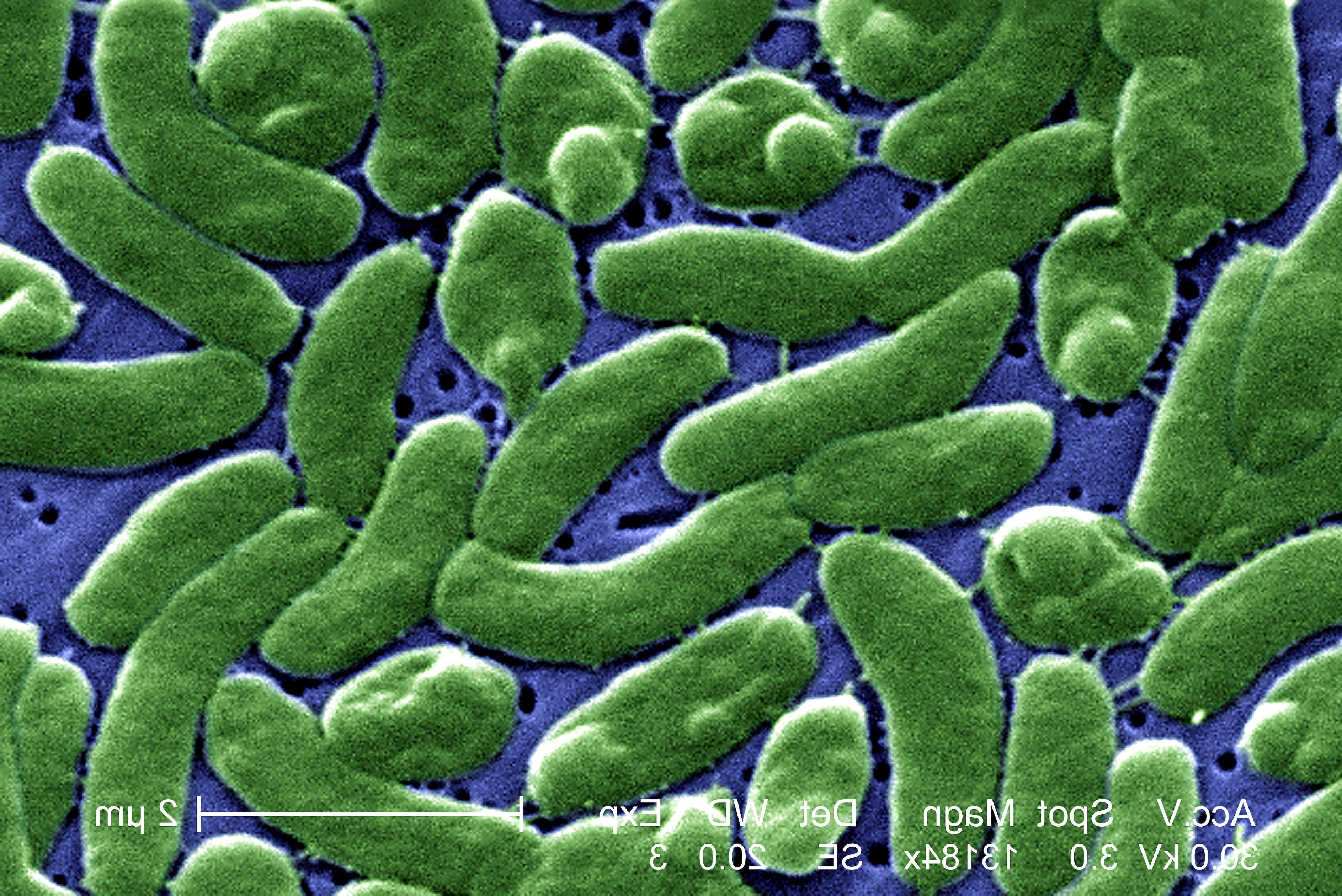
Grouping cells, vibrio vulnificus, bacteria, photomicrograph.
Grouping cells, vibrio vulnificus, bacteria, photomicrograph.
There are three species of Vibrio that account for the majority of human illness cases, Vibrio cholera, Vibrio paraheamolyticus and Vibrio vulnificus. Vibrio cholera is usually associated with contaminated drinking water, while Vibrio parahaemolyticus and Vibrio vulnificus are often caused by contaminated seafood.
How does seafood become contaminated with Vibrio?
Vibrio are often present in seafood in low numbers at harvest. If the seafood is not handled correctly the numbers of Vibrio bacteria can rapidly increase to levels that can cause illness in humans. Effective cooking will kill the bacteria, so seafood that is consumed raw or lightly cooked is most at risk. As Vibrio numbers are generally higher in warmer water, months of higher water temperature are periods of increased risk.
How can I manage the risk of Vibrio in my product?
The most important factor to reduce Vibrio risk is following best practice temperature control procedures from the moment of harvest and through the supply chain. Vibriosis has been associated with a number of seafood commodities including raw and cooked prawns, crabs, mussels, sardines and oysters.
Fishers should ensure that they follow their food safety plans and place harvested product under temperature control (ice or refrigeration) as soon as possible.
Shellfish harvesters must ensure that they follow the time/temperature protocols in the NSW Shellfish Industry Manual, but should ensure that shellfish are protected from extremes of temperature from the moment of harvest, this could be achieved by using shade cloth or spraying water over shellfish while they are transported to the shed. Shellfish should be placed under shade while waiting to be graded and packed for storage or transport.
Businesses transporting seafood must ensure that effective temperature control is maintained. Periods where seafood is out of temperature control such as on loading docks should be minimised.
Further information is available on the SafeFish website.
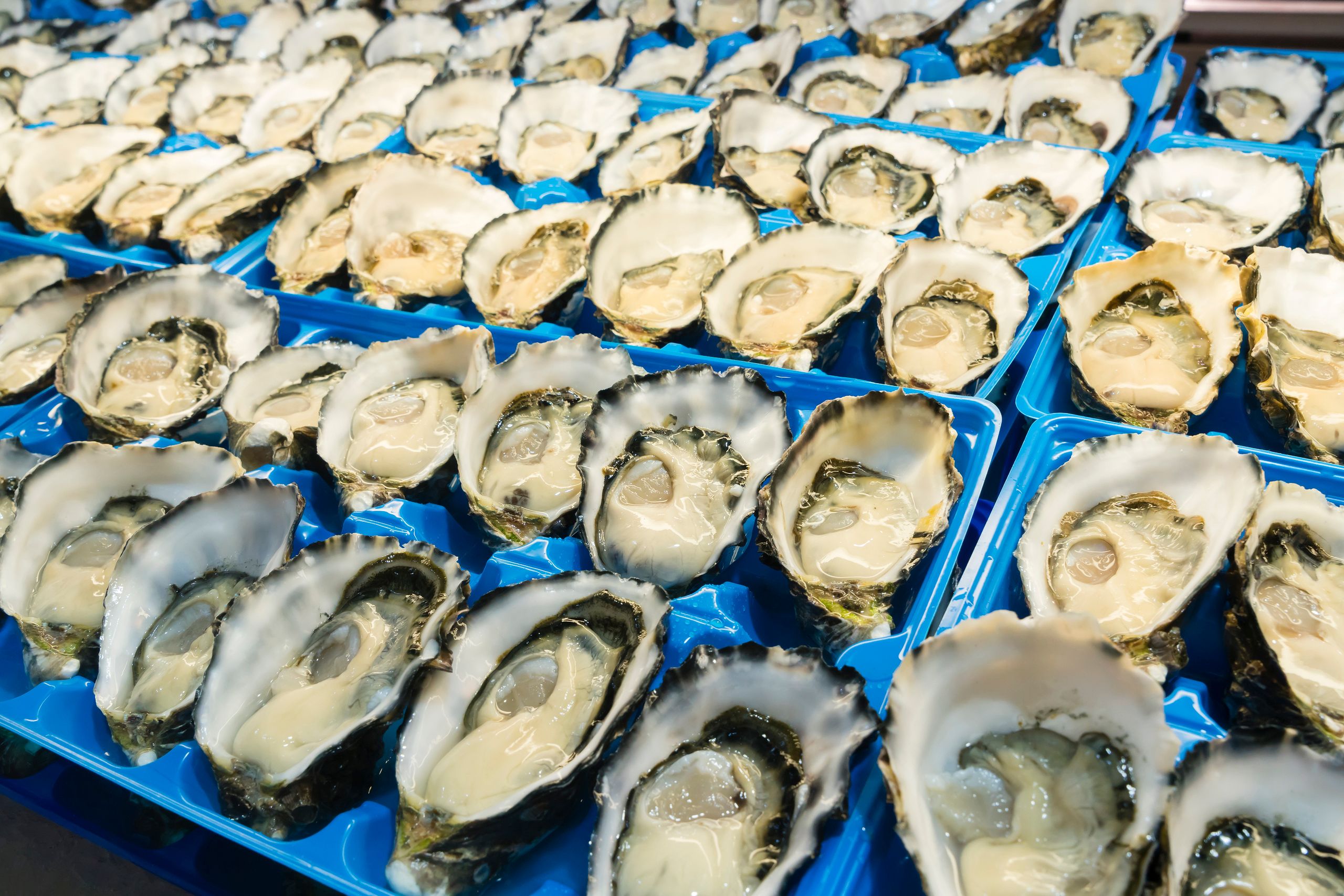
DAIRY
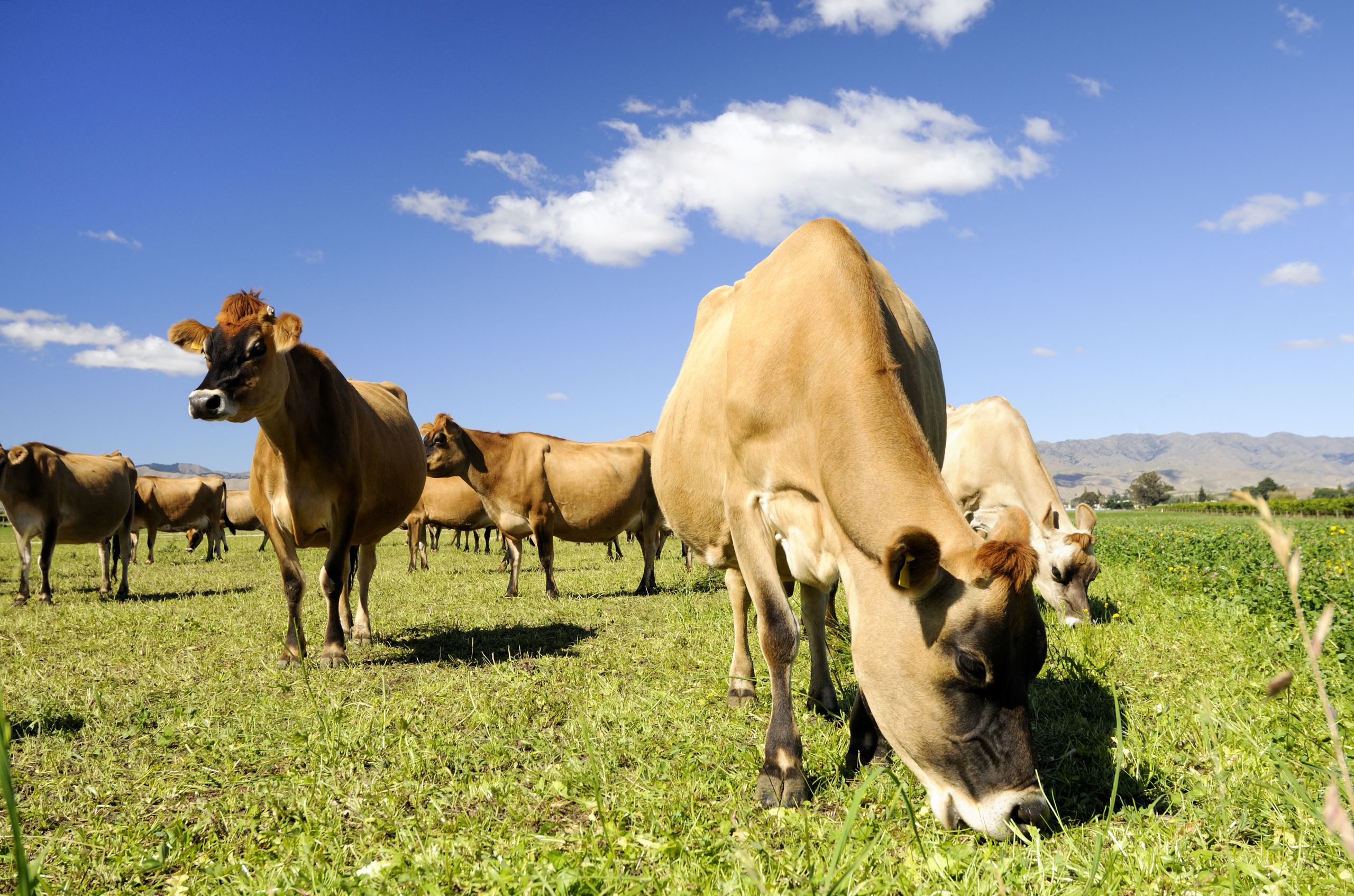
Inspections and audits
From July 2022 to September 2022, the Food Authority conducted 86 inspections and 135 audits of licensed dairy businesses. This industry sector has maintained a high compliance rate with 98% of businesses recording an acceptable result.
The main audit items attracting Corrective Action Requests during the period were for hygiene & sanitation, food safety program, and product labelling.
The table below shows yearly comparable data for compliance and audit activity in the dairy sector between the same reporting periods in 2021 and 2022.
| Reporting period | July – Sept 2021 | July – Sept 2022 |
|---|---|---|
| Total audits | 91 | 135 |
| Total inspections | 69 | 86 |
| Compliance rate | 100% | 98% |
NSW Dairy Industry Consultative Committee
The last NSW Dairy Industry Consultative Committee meeting was held on 26 October 2022.
Issues considered by the committee via video conference during the meeting included updates and discussion on:
- NSW Dairy industry compliance activities
- Animal welfare reform
- Regulatory Tech Program (presentation from Dairy Food Safety Victoria)
- Testing requirements for milk analogues
- Biosecurity update
A full summary of meeting outcomes is available here.
More information about the Dairy Industry Consultative Council, including its purpose, functions, and membership can be found on the NSW Food Authority website here.
The next meeting of the NSW Dairy Industry Consultative Committee is scheduled for 14 June 2023.
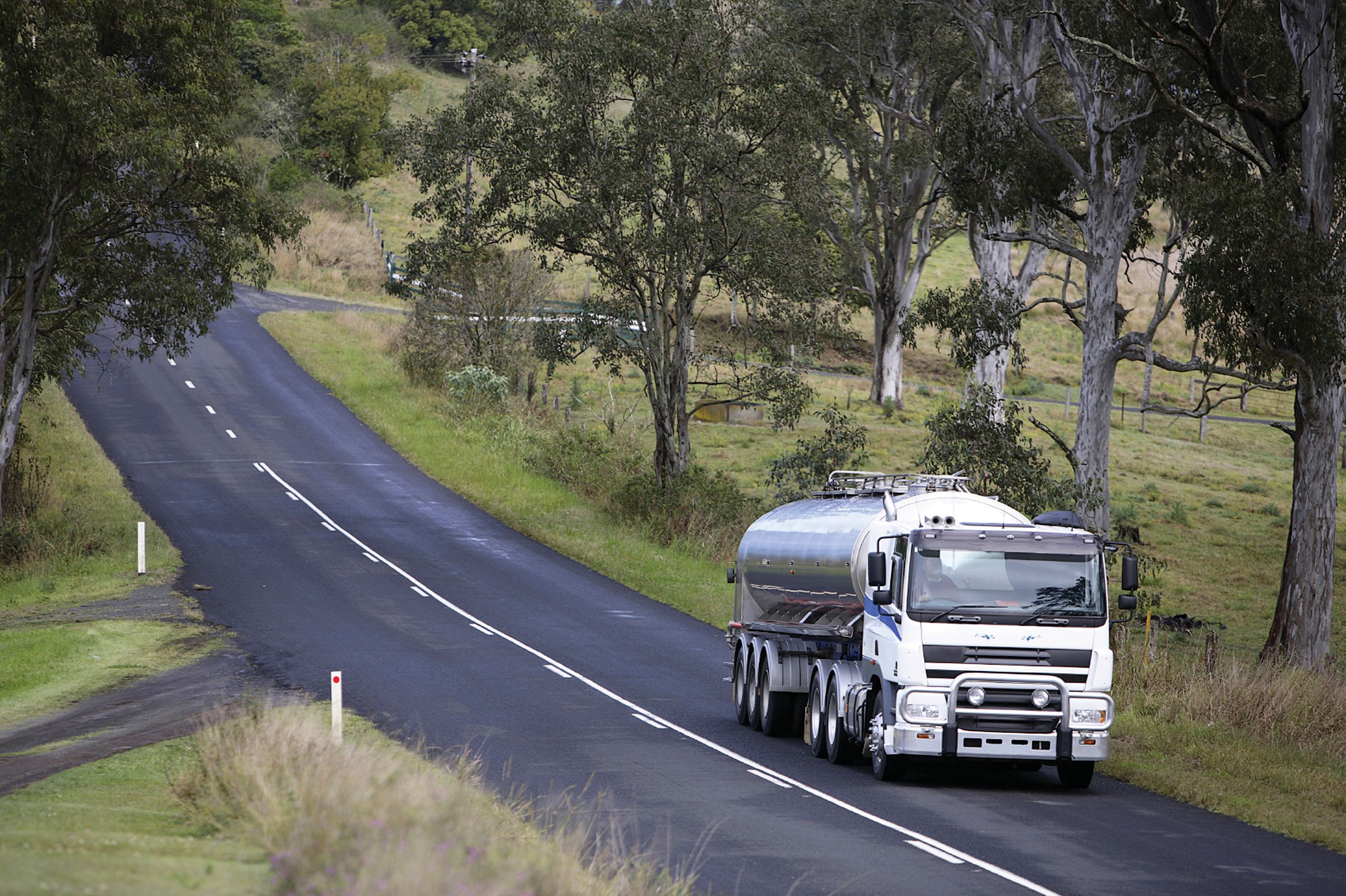
EGGS
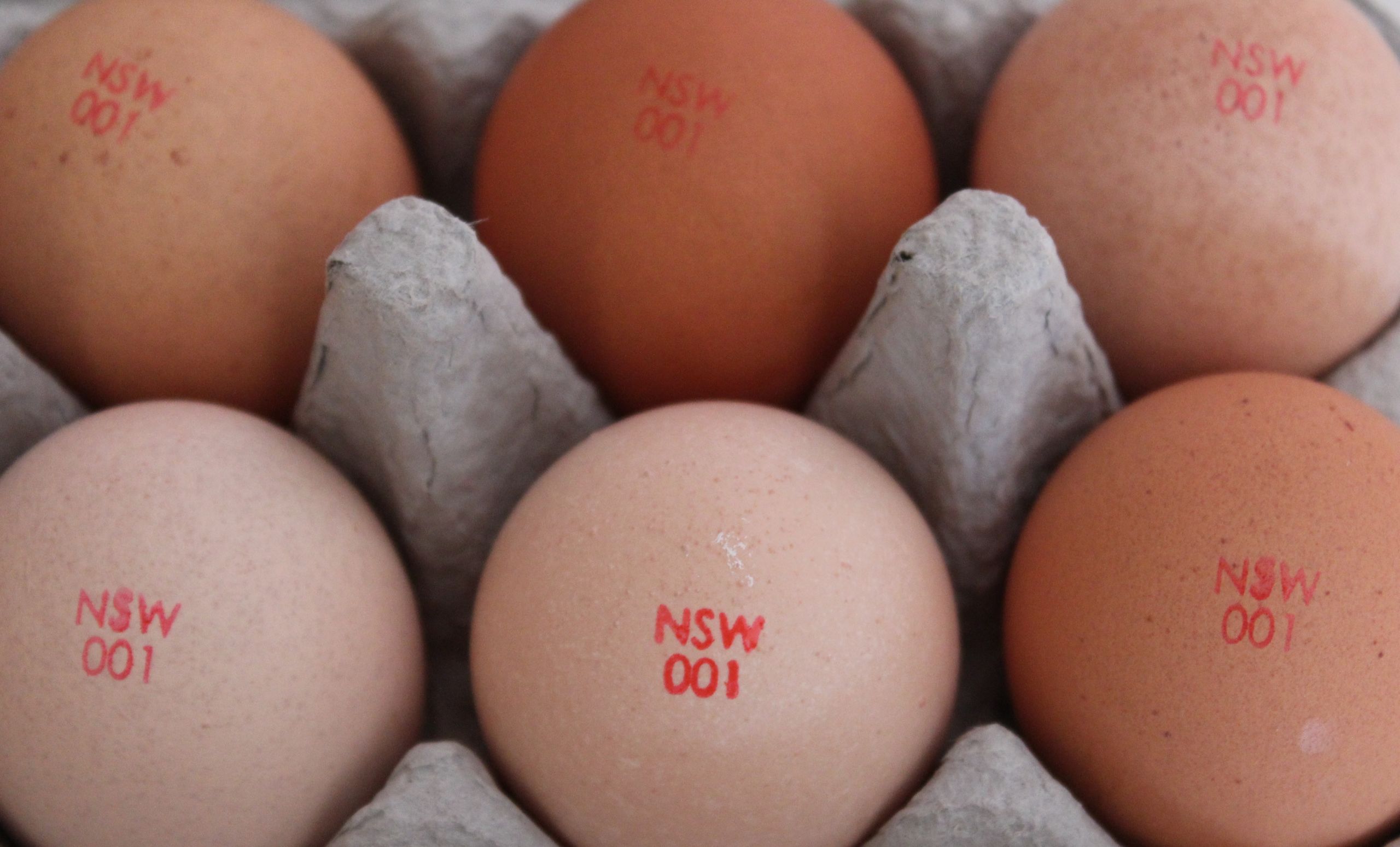
Inspections and audits
From July 2022 to September 2022, the Food Authority conducted 59 inspections and 13 audits of licensed egg businesses. This industry sector has recorded a compliance rate of 96% for the reporting period.
The main areas where critical defects have been raised at audit continue to be with process control, analytical testing, and food safety program monitoring. There have been no consecutive failures and most defects raised have been rectified immediately which demonstrates that effective corrective actions are being implemented by businesses.
Compliance across the egg industry has significantly improved since FY 2018/19. Efforts to work with industry during the Salmonella enteritis (SE) control order and subsequent operational responses have contributed to the increase in industry compliance.
The table below shows yearly comparable data for compliance and audit activity in the egg sector between the same reporting periods in 2021 and 2022.
| Reporting period | July – Sept 2021 | July – Sept 2022 |
|---|---|---|
| Total audits | 17 | 13 |
| Total inspections | 45 | 59 |
| Compliance rate | 93% | 96% |
Egg Industry Consultative Committee
he last Egg Industry Consultative Committee meeting was held on 17 August 2022.
Issues considered by the committee via video conference during the meeting included updates and discussion on:
- NSW egg industry compliance activities
- Animal welfare update
- Review of the FSANZ Primary Production and Processing Standard for Eggs and Egg Products
- Biosecurity update
A full summary of meeting outcomes is available here.
More information about the Egg Industry Consultative Council, including its purpose, functions, and membership can be found on the NSW Food Authority website here.
The next meeting of the NSW Egg Industry Consultative Committee is scheduled for 5 April 2023.
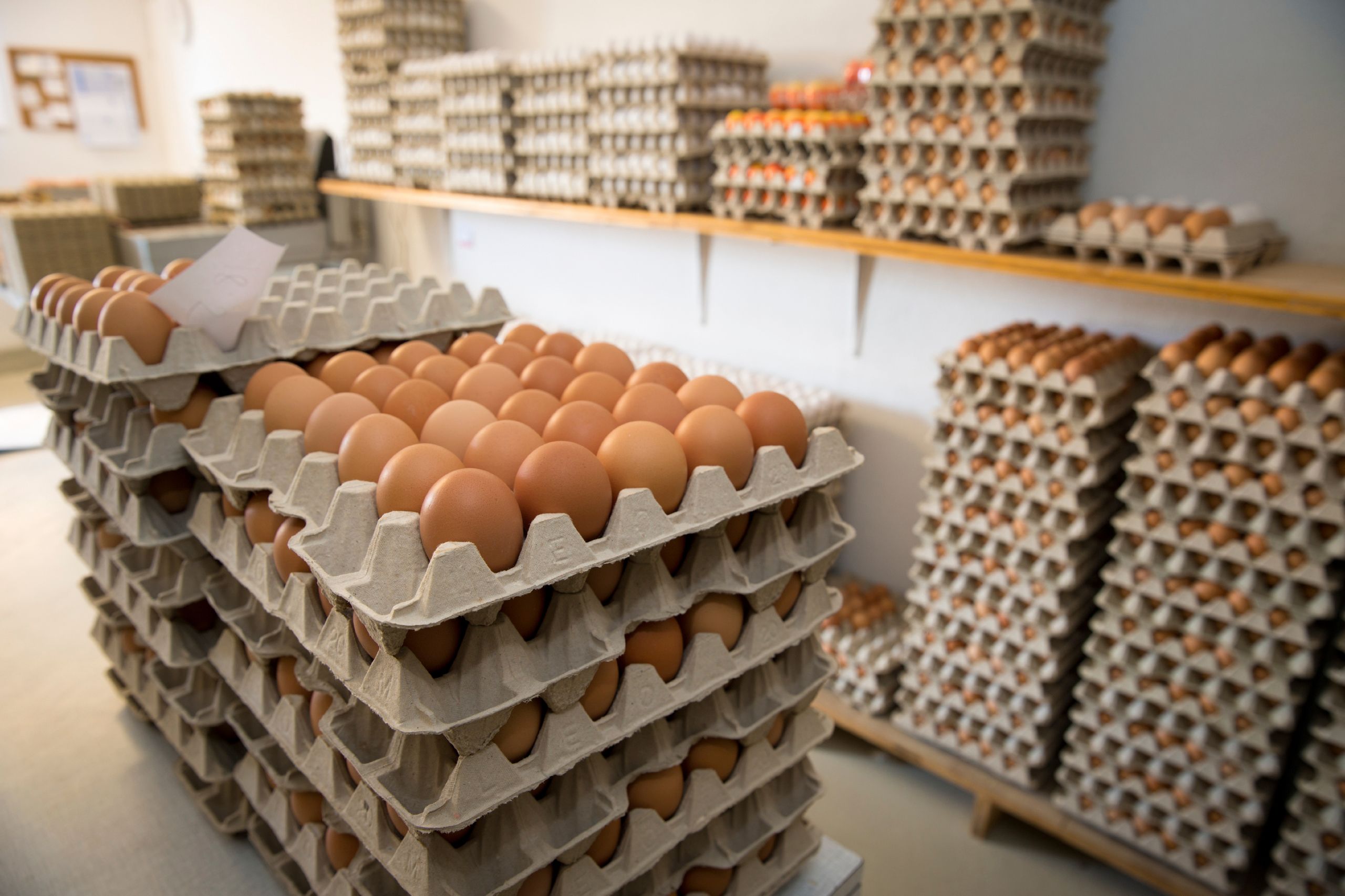
Avian Influenza – an ongoing threat
Avian influenza (AI) is an infectious disease of birds caused by an influenza virus. AI is a notifiable disease in NSW and can infect a wide range of birds including chickens, turkeys and ducks. Most AI viruses cause only mild disease in poultry however highly pathogenic avian influenza (HPAI) viruses can kill up to 90-100% of the flock, cause epidemics that may spread rapidly, devastate the poultry industry, and result in severe trade restrictions.
HPAI virus continues to circulate globally causing catastrophic losses for the poultry industries, particularly in Europe and the US.
- USA: As of 7 December 2022, more than 52.87 million birds in 46 states have either died as a result of HPAI virus infection or have been culled due to exposure to HPAI infected birds (reference USDA).
- Europe: The 2021–2022 HPAI outbreak is the largest HPAI epidemic so far observed in Europe. A European report from 28 September 2022 states there have been 2,467 poultry outbreaks affecting 37 European countries and 47.7 million birds culled in the affected establishments (reference: EFSA).
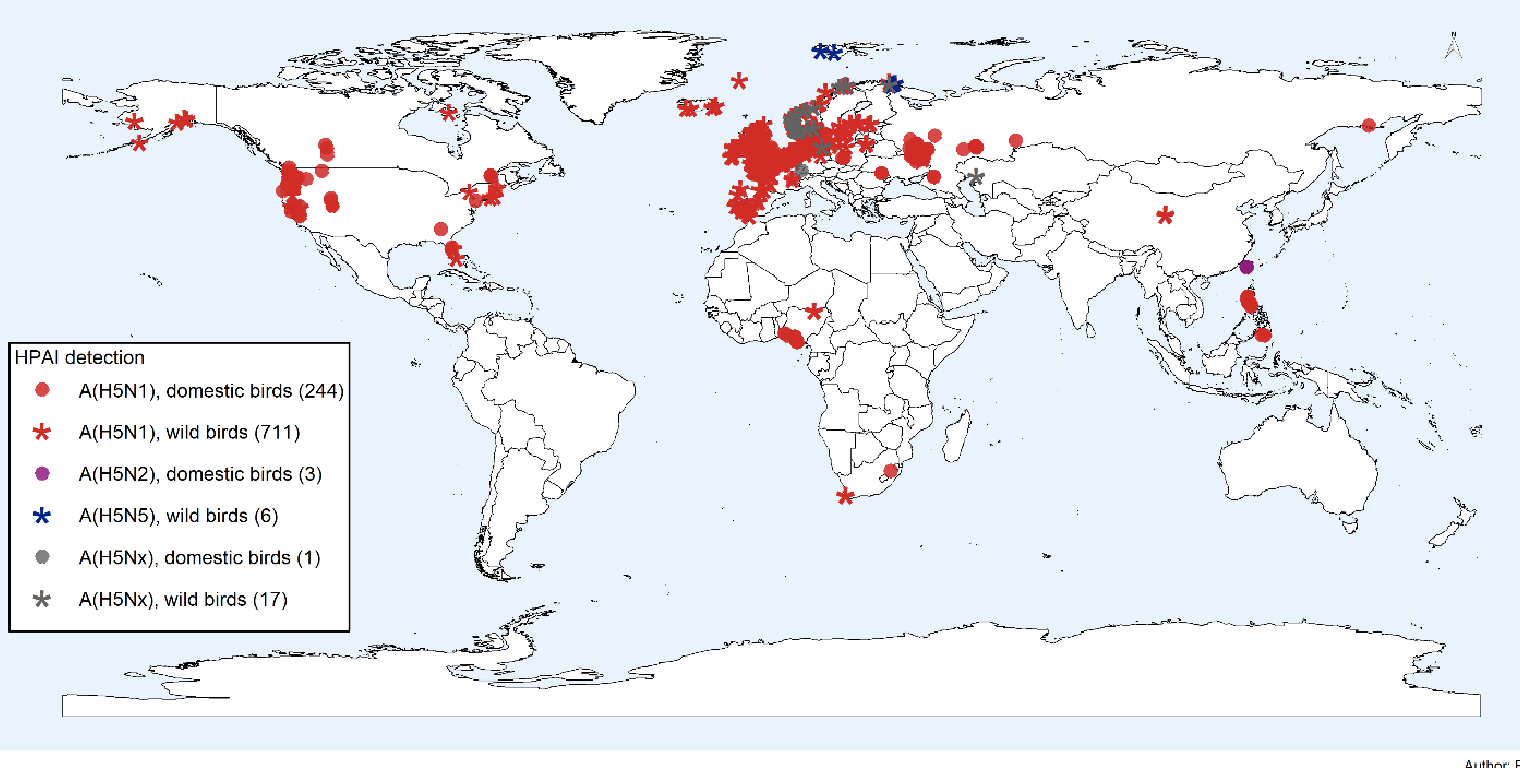
Figure 13: Geographical distribution of HPAI from June to September 2022 (reference: EFSA).
Figure 13: Geographical distribution of HPAI from June to September 2022 (reference: EFSA).
The trend in global detections of HPAI viruses likely represents an increased level of risk to Australia and is a timely reminder for the Australian poultry industries to remain vigilant.
Avian influenza can spread by the movement of eggs, birds, people, vehicles and equipment between farms, and by clothing, footwear, aerosols, water, feed, litter, biting insects and vermin.
Good biosecurity is paramount and everyone with poultry should at least follow these key biosecurity measures to protect yourself, your birds and your business from AI.
- Restrict contact between your birds and wild birds wherever you can
- Limit any visitors to your birds, and check if essential visitors have recently visited other premises where poultry are kept
- Keep your poultry sheds, yards and aviaries, and equipment, clean
- Always wash your hands before and after handling birds and eggs
- Change into clean footwear before entering poultry houses or hen facilities, to stop the potential transfer of disease from outside
- Always quarantine new birds before introducing them to the resident flock
- Always practice good hygiene if you attend bird shows
Further information on industry measures to improve biosecurity is available on from Australian Eggs and Australian Chicken Meat Federation.
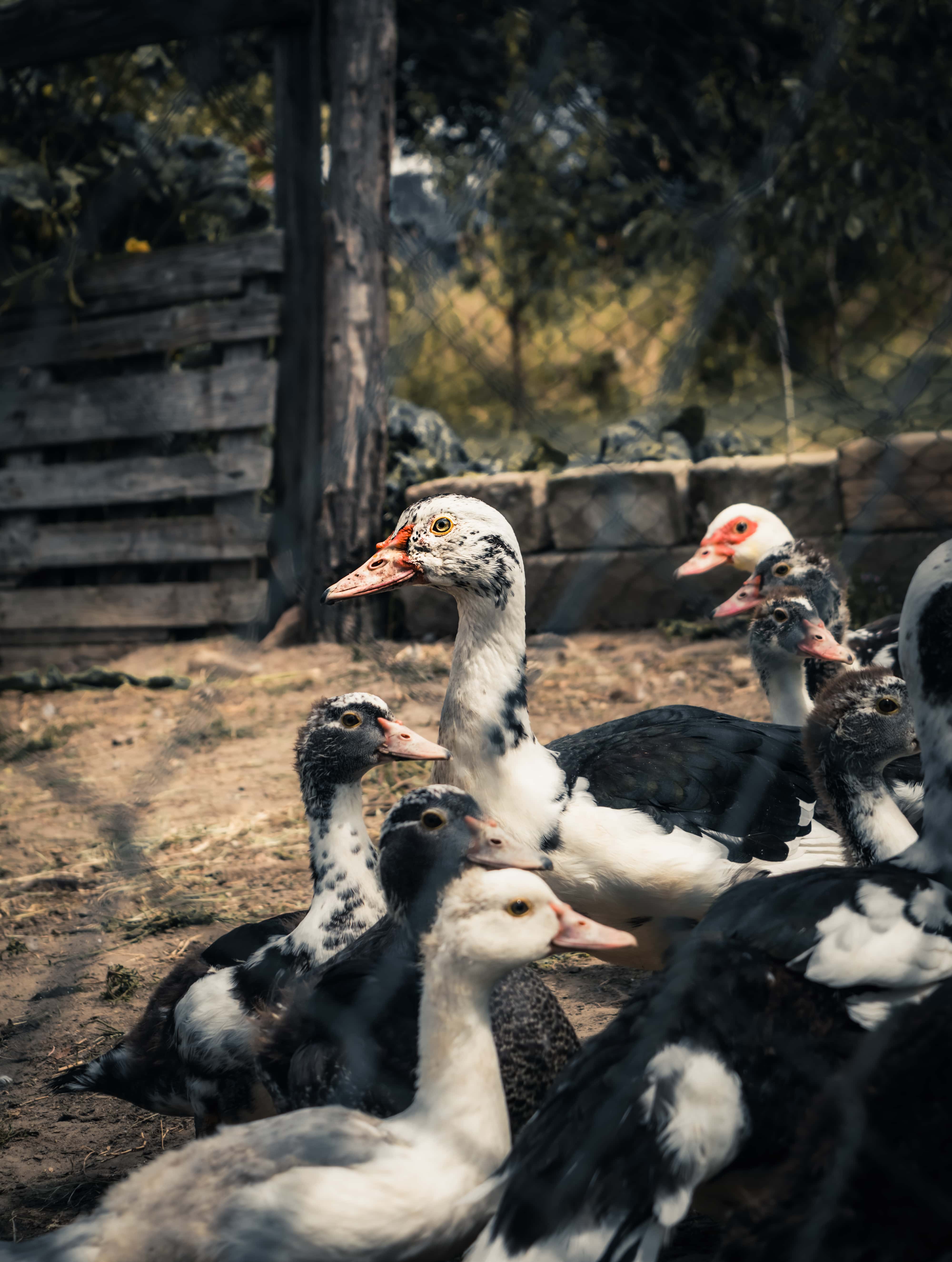
National Salmonella Enteritidis Monitoring & Accreditation Program
The National Salmonella Enteritidis Monitoring & Accreditation Program (NSEMAP) is available to all commercial egg producers and an accreditation certificate can be issued for accredited flocks as evidence of the SE-free status.
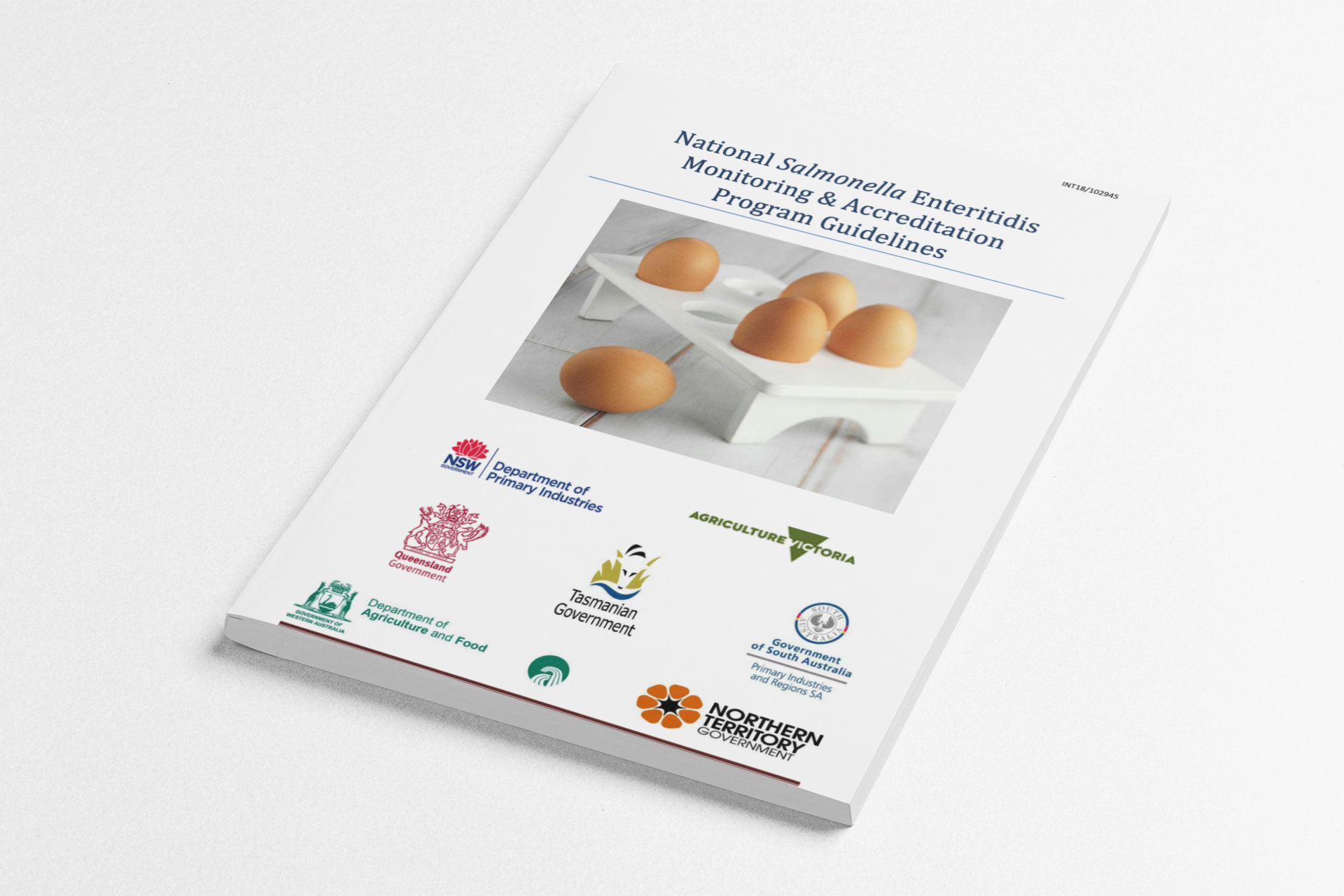
There is a mandatory testing requirement for Salmonella Enteritidis under a Biosecurity Control Order. Participating in NSEMAP is one way of complying with this requirement. NSW DPI are writing to egg producers who are part of NSEMAP to remind them of their obligations under the program. Producers should be aware of their testing status, requirements of annual audits, provision of evidence, appropriately trained testers, approved laboratories and fees paid.
For more information on the guidelines and links to forms for the program visit the NSEMAP page DPI website.
Australian Animal Welfare Standards and Guidelines for Poultry (S&Gs)
The Independent Poultry Welfare Panel has finalised the new Australian Animal Welfare Standards and Guidelines for Poultry. This follows a process including extensive stakeholder consultation, consideration of contemporary animal welfare science and community expectations.
The finalised standards and associated Decision Regulatory Impact Statement (DRIS) can be accessed here.
Each state and territory are considering implementation options with further discussions by the Agriculture Ministers Meeting (AMM) anticipated in early 2023. The NSW Government will consider the Poultry S&Gs consistent with the NSW legislative and policy frameworks and processes, which includes consultation with stakeholders.
The NSW Government is undertaking analysis of the Poultry S&Gs to understand the NSW-specific regulatory impacts. This analysis will supplement the national-level analysis provided by the Commonwealth’s DRIS.
Both verbal and written consultation continues with key stakeholders, to ensure that the impact of any proposed regulatory changes on NSW poultry businesses and the community is fully understood.
Once considered by the AMM, it is up to each State and Territory to consider how best to implement standards and guidelines in their regulatory frameworks.
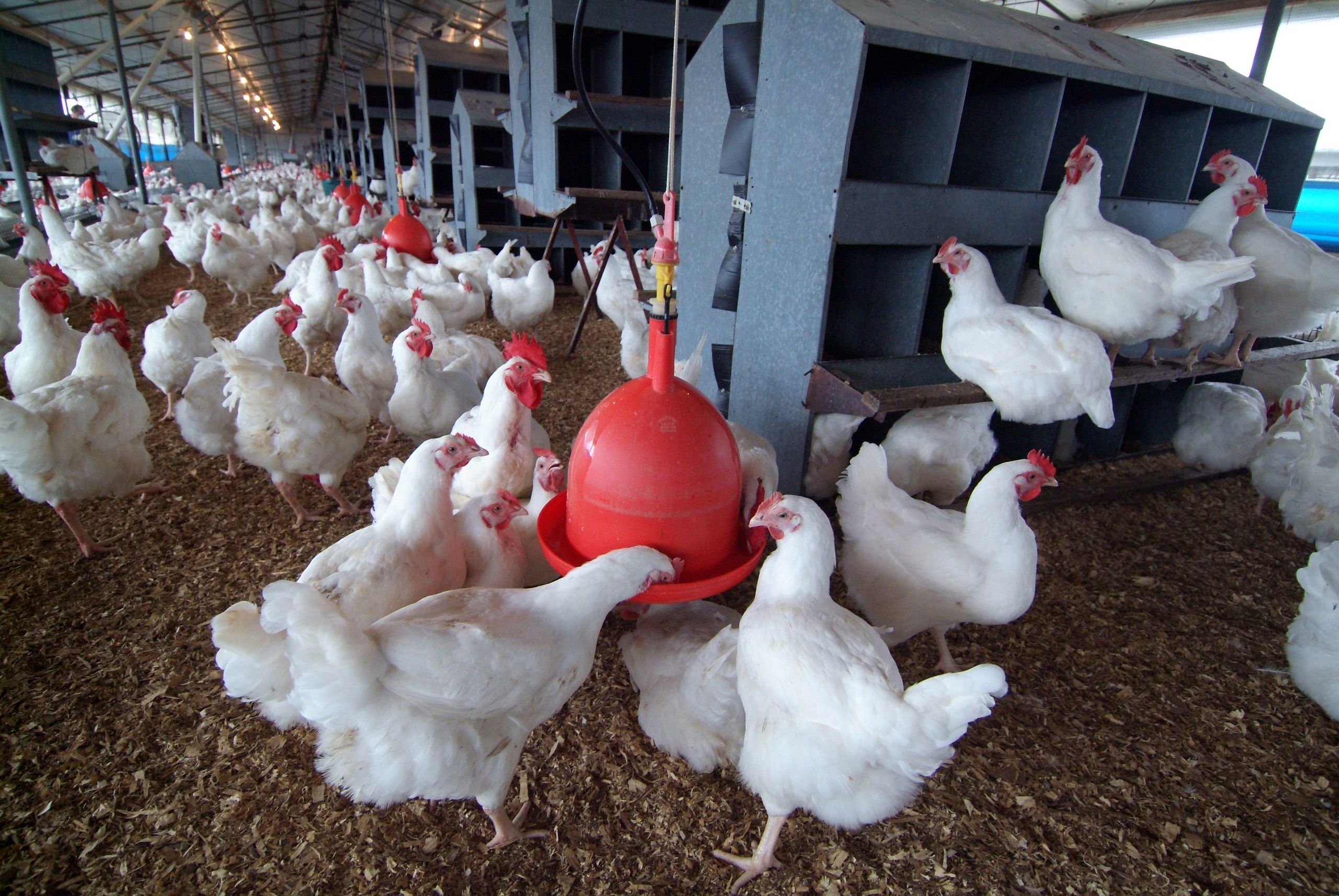
PLANTS
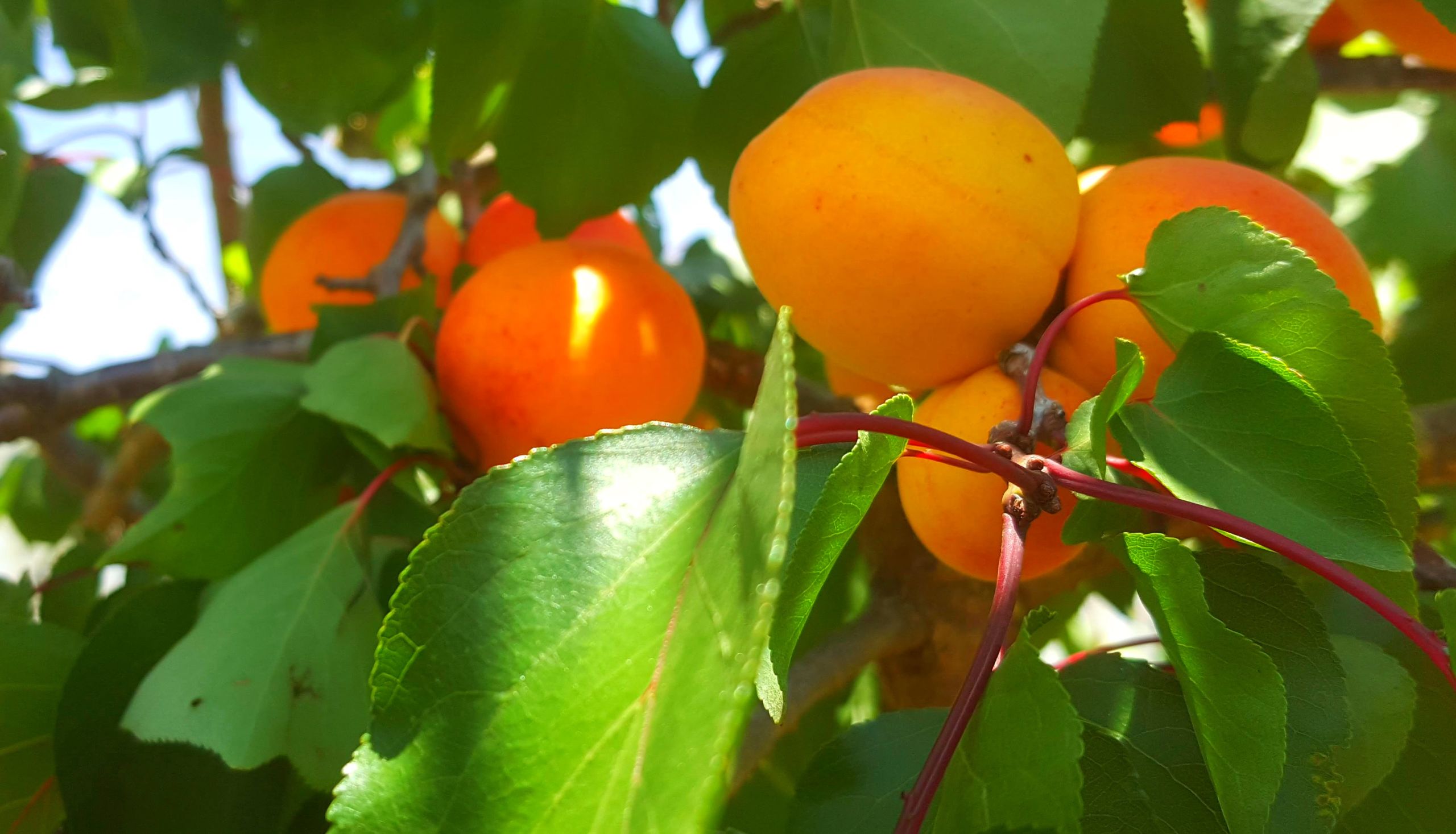
Inspections and audits
From July 2022 to September 2022, the Food Authority conducted 18 inspections and 24 audits of licensed plant product businesses. This industry sector has recorded a compliance rate of 95%.
The main audit items attracting Corrective Action Requests during the period were for failing to comply with Food Standards Code and hygiene & sanitation issues. The Food Authority will be targeting its future oversight to address these critical risk issues and poor performances.
The table below shows yearly comparable data for compliance and audit activity in the plant sector between the same reporting periods in 2021 and 2022.
| Reporting period | July – Sept 2021 | July – Sept 2022 |
|---|---|---|
| Total audits | 13 | 24 |
| Total inspections | 21 | 18 |
| Compliance rate | 100% | 95% |
VULNERABLE PERSONS

Inspections and audits
From July 2022 to September 2022, the Food Authority conducted 31 inspections and 433 audits of licensed hospitals and aged care businesses. This industry sector has maintained a high compliance rate with 99% of businesses recording an acceptable compliance result.
For the reporting period the main audit items attracting Corrective Action Requests (CAR’s) were for pre-requisite programs (failing to correctly implement calibration program) and process control (failure to complete monitoring records at the frequency required in the food safety program).
The table below shows yearly comparable data for compliance and audit activity in the vulnerable persons sector between the same reporting periods in 2021 and 2022
| Reporting period | July – Sept 2021 | July – Sept 2022 |
|---|---|---|
| Total audits | 353 | 433 |
| Total inspections | 14 | 41 |
| Compliance rate | 99% | 99% |
CALENDAR ITEMS
Retail and Food Service Information session (NSW Food Regulation Partnership)
Thursday 16 February 2023 (hosted by Tweed Shire Council)
Australian Institute of Food Science and Technology 2023 Food Microbiology Conference - 30 March 2023
Sydney Royal Easter Show
6-17 April 2023
FRP Workshop – Building resilience and working together - 27-28 April 2023
NEW & UPDATED RESOURCES
- What to expect – Food Safety Inspections – new
- What to expect – Food Safety Audits – new
- Corporate Overview – updated
- NSW Food Authority Annual Report 2021-22 - new
- Food allergen rules – new webpage


